EVENING WITH ACER CAMPESTRE
Ok, it wasn't just one evening. I returned several times to the same small tree to get the photographs needed for this relatively long post. The tree in question is Acer campestre, commonly known as the field maple, one of the many small, shrubby trees and real shrubs that form dense green walls of vegetation between the meadows and the woods.
The focus here will be on the small arthropods, mainly insects, that can be seen in the evening hours, crawling around the leaves, twigs, and flowers of Acer campestre. Some of the species are tightly connected with the tree, while others are just occasional visitors.
This tiny weevil is one of those insects whose life cycle depends on various types of maple.
The scientific name of the species is Bradybatus kellneri. It belongs to the Curculionidae family.
Here you can see a pair mating.
The larvae develop inside the fruits of the plant. In the following photograph ...
... you can see a portrait of the interestingly shaped field maple fruit.
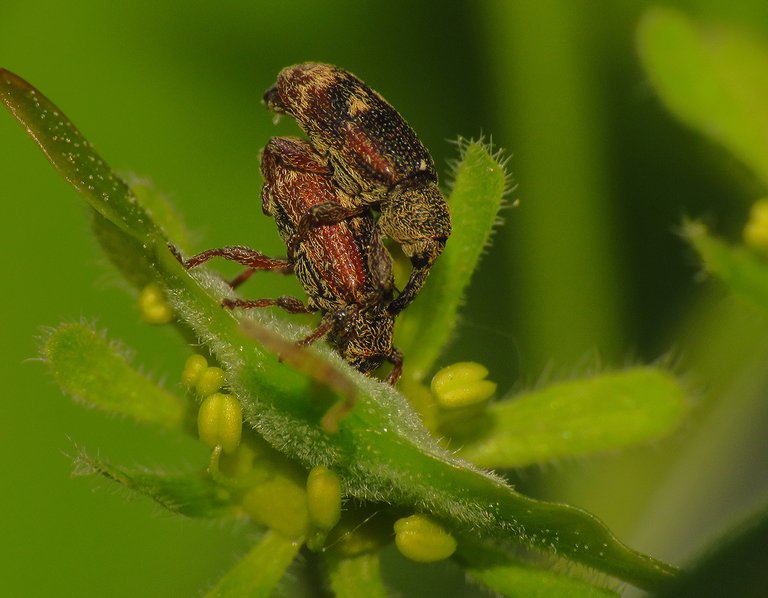
The mating occurs in spring, from April to the end of May. Females lay the eggs during that period as well. In my experience, it is hard to see these beetles later, until the next April.
Sometimes, the competition among males trying to reproduce leads to scenes like the one shown in the following photograph.
This mating situation involves a few more beetles than usual. Two males are piled up on the female's back, while a fourth male is trying to disrupt them or climb on top.
This shot was taken a minute earlier, when the fourth weevil was slowly approaching the mating pair, extended to a trio.
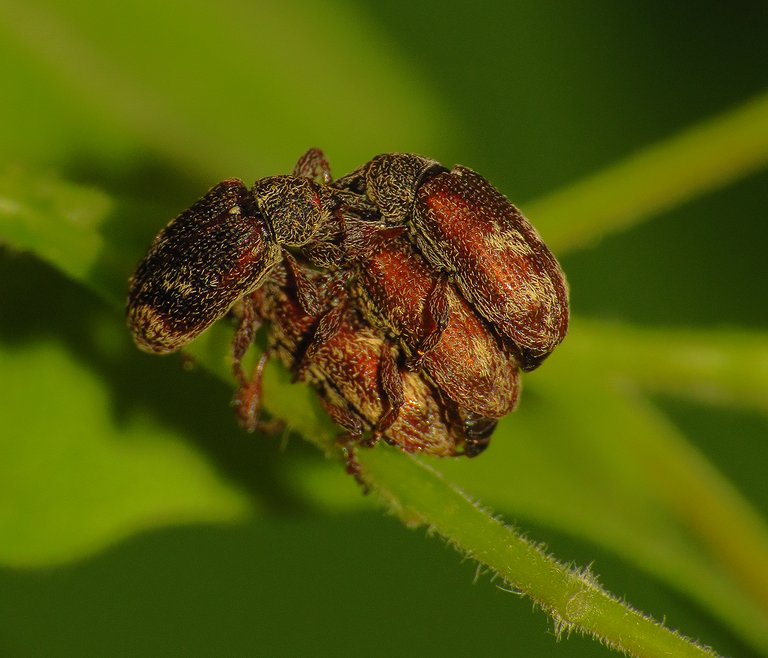
This competitive pile-up of males during mating can be seen in quite a few beetle species.
Bradybatus kellneri produces only one generation per year. The beetles of that brand new generation appear in autumn and then overwinter in leaf litter.
This wide shot shows the fruits, the flowers, and the dense foliage of the small tree that represents the narrative backbone of today's post, everything revolves around it.
The flowers are small and inconspicuous, but produce plenty of nectar for pollinators.
Here you can see one of those pollinators. It's a tiny beetle from the Scraptiidae family.
The scientific name of the species is Anaspis flava. Scraptiidae are commonly known as false flower beetles. According to what I found on the Internet, that name was coined in entomologist circles relatively recently.
Scraptiidae are often numerous on the flowers and in leaf litter. Adults feed primarily on pollen, but some species do feed on nectar, fungi, or decaying organic matter as well. In some cases, very small insects can also be part of their diet. Larvae feed and develop in decaying wood or leaf litter.
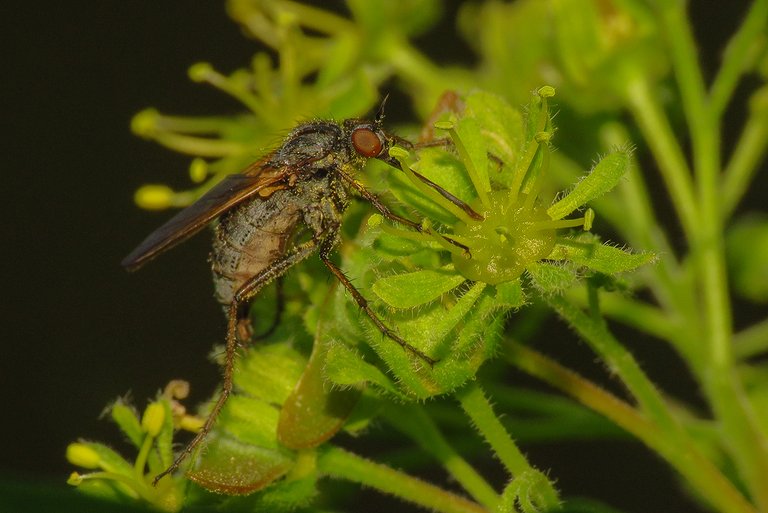
Compared to the Anaspis flava, the pollinator shown in this photograph looks like a giant.
It's a big, robust fly from the Empididae family. The scientific name of the species is Empis tessellata. Adult flies are mainly carnivores that hunt small insects, but they occasionally consume nectar as well.
On one occasion, about a week ago ...
... I came across an interesting scene on the lower surface of a leaf situated on one of the lower branches of the field maple.
It looked as if a spider had caught another spider, but ...
... but, even through the macro lens, I couldn't tell who is the one in trouble. At first, the red spider looked like the caught one, but then, from a slightly different angle, the slightly bigger, pale one looked like a victim.
It took me a good five minutes or so to realize that it was a mating I was watching the whole time. The mating of Nigma puella. The red spider is a male, the white one with a bit of green on the abdomen is a female.
Since I never saw males and females of this species near each other, let alone being able to photograph the mating, and there is a big probability I'll never come across a scene like this again, I took as many shots as possible.
In many spiders, sexual cannibalism is pretty much usual; females are those who get a meal out of a mating gone wrong, but I didn't find any specific information regarding Nigma puella, so I can't tell you how dangerous the situation was for the male in this case.
Anyway, everything resolved in a happy ending. The above photograph shows the male and the female calmly resting near each other. Both spiders are alive.
In this photograph, you can see another male. This one was exploring the leaves on the upper branches of the tree. Nigma puella is a species from the Dictynidae family.
Here you can see a portrait of the Acer campestre flower. It's here as a preamble to the introduction of another pollinator.
A moth, this time.
This is the Phyllonorycter acerifoliella.
A small moth from the Gracillariidae family. In the following photograph ...
... Phyllonorycter acerifoliella is resting on the edge of the flower, on one of its narrow, hairy petals.
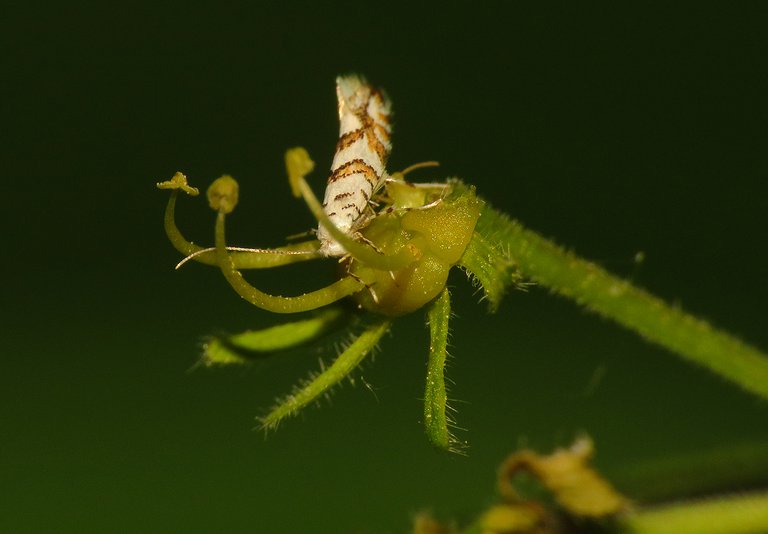
Here you can see the same insect feeding on nectar in the center of the neighboring flower.
A few seconds later, I caught the moth in a cool pose that shows its face. I'm very satisfied with this shot. When I took the following photograph ...
... the moth was ready to fly away.
For its reproduction, Phyllonorycter acerifoliella depends on two species of maple, Acer campestre and Acer tataricum.
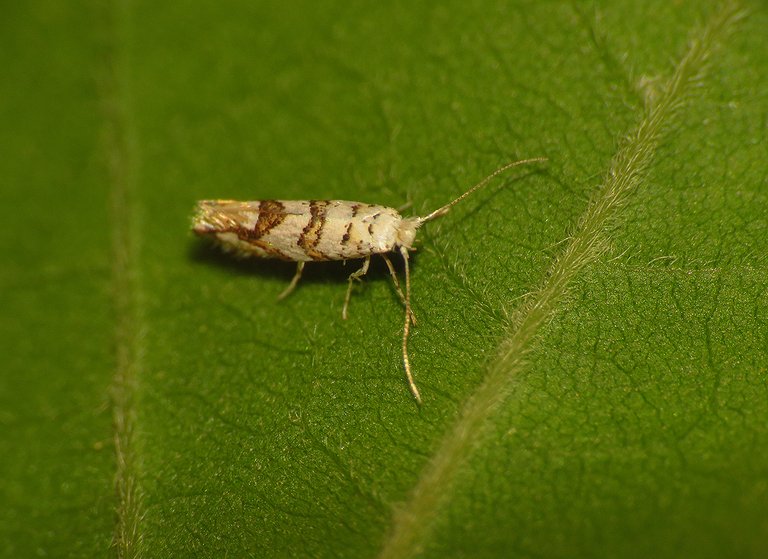
The larvae feed by mining the leaves of the host plant. The term "mining" means that the tiny caterpillars feed within the leaf tissue, forming narrow tunnels and large patches that resemble flat, two-dimensional representations of caverns. While feeding in the layer of tissue in the middle of the leaf, larvae are hidden and protected by other layers.
This is the Rhagonycha lignosa, a small beetle from the Cantharidae family.
Cantharidae are commonly known as soldier beetles. In the above photograph, the beetle is posing on the field maple fruit. It seems that the insect is eating something, maybe the pollen fallen from surrounding flowers. Perhaps the sap is available through a small wound on the plant tissue, so the beetle is consuming it.
Anyway, an adult Rhagonycha lignosa feeds on plant juices, nectar, pollen, honeydew, and small juicy insects such as aphids.
Larvae are strictly carnivorous. They live in decaying wood, soil, or leaf litter, where they feed on small insects, small larvae, and insect eggs.
Here you can see the Rhagonycha lignosa walking across a cluster of flowers on the field maple.
This moth belongs to the Tortricidae family. The scientific name of the species is Hedya pruniana.
The light was pretty low when I came across the moth resting on the upper surface of the field maple leaf, so I decided to use the flash for the first ten or so photographs. It was much easier that way, but ...
... but I liked the way the colors on the moth's wing looked in the subdued ambient light better, so I took the time and effort to get a few difficult shots with a longer exposure.
The larvae of this species feed on various shrubs and small trees, but not on Acer campestre or any other species of maple.
Not far from the tree at the base of today's post, there was a large Prunus spinosa shrub, which explains the presence of the moth. Prunus spinosa is one of the species on which the Hedya pruniana larvae feed.
Here you can see a wide shot that shows the foliage and flowers differently, and allows the eye of the beholder to take a short break from the macro view.
In the following photograph ...
... I zoomed in on a small group of fruits and flowers.
Here you can see more fruits and flowers, two more clusters, precisely.
This is the Closterotomus annulus ...
... a bug from the Miridae family. The color of the iconic two spots on the hardened forewings can vary. In the above photograph, you can see a Closterotomus annulus with yellow spots.
From what I saw so far, the yellow and pale green spots are the most common here in my area.
These two shots show a Closterotomus annulus bug with red spots on the forewings. In the following photograph ...
... another bug of the same species is exploring a cluster of flowers on Acer campestre.
Sometimes, for reasons unknown to me, some flowers dry out and fall. Here you can see one of those lying on the herbaceous vegetation under the maple.
On one of my evening visits to the same Acer campestre tree, I came across three shrunken flowers hanging on a thread.
It seems that the falling flowers got caught in the sticky silk produced by a spider or caterpillar.
This caterpillar is the larval stage of a moth from the Notodontidae family.
The name of the species is Ptilophora plumigera.
I have never seen this caterpillar before, and the only place I saw an adult moth was Internet. It happened earlier today, while searching through a big pile of images, in the hope of identifying the larva.
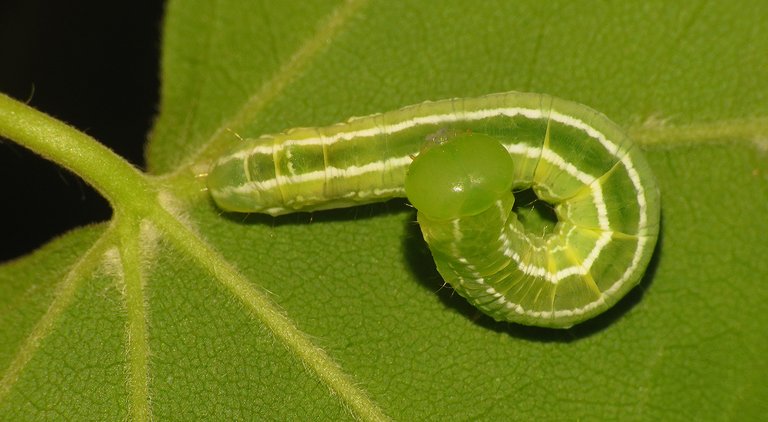
Ptilophora plumigera caterpillars feed on various maple species, especially Acer campestre and Acer pseudoplatanus.
Here you can see a predatory fly from the Empididae family.
The scientific name of the species is Empis lutea.
These four shots, taken with different exposures, some taken with the flash, others without it, show the same scene from slightly different angles.
Like many other Empididae, commonly known as dagger flies, adult Empis lutea are primarily predatory insects that feed on various small invertebrates, but they do consume nectar from time to time.
When it comes to the fly shown in the following photograph ...
... there isn't much I can tell you about this one. It looks like something from the Lauxaniidae or Drosophilidae family. Can't tell you the name of the species. Or anything else for that matter. Until further notice, it's a mystery fly.
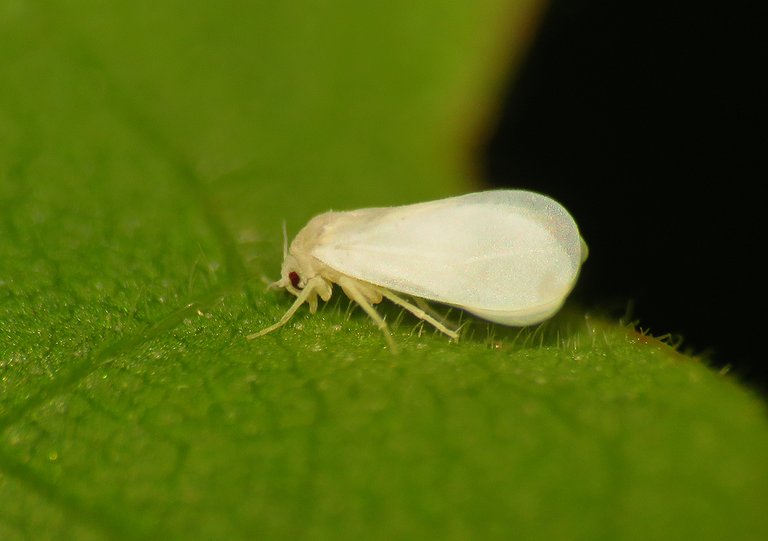
This is the tiniest insect I photographed for today's post. It's a whitefly from the Aleyrodidae family. Can't tell you what species exactly this is. Quite a few very similar ones are present in the area.
Here you can see a cluster of almost fully developed fruits.
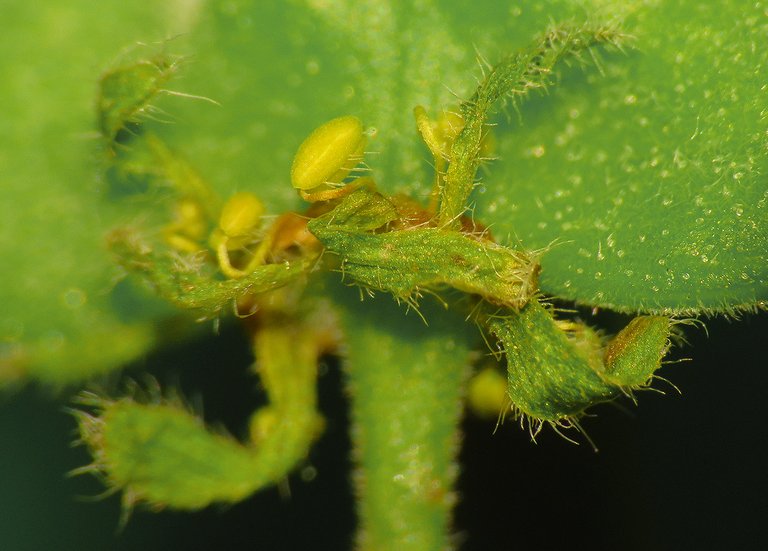
This macro shot shows the tiny floral remains still present at the base of the developing fruit.
In the following photograph ...
... a bushcricket nymph is resting on the upper surface of the leaf. The scientific name of this species from the Tettigoniidae family is Leptophyes punctatissima.
This leafhopper belongs to the Cicadellidae family.
I'm not sure about the species, but ...
... but I can pretty confidently say that it has to be one of the several ones that are often found on field maple. It could be an Idiocerus ribauti, for example.
Or the very similar and closely related Acericerus vittifrons, perhaps.
Whatever the species, one thing's for sure: it's a member of the Cicadellidae family, and it feeds on sap.
Here you can see the Philodromus rufus, a spider from the Philodromidae family, posing on the fruit of Acer campestre.
On one occasion, I encountered a Philodromus rufus waiting in ambush in a hole in the leaf made by some insect, probably a caterpillar.
It was one of those scenes ...
... that can easily lead to a cool, memorable shot.
Here you can see the Hedya pruniana, a moth from the Tortricidae family. I mean, another Hedya pruniana, the second one, so far. The species was introduced earlier in the post.
In this case, I photographed the moth becouse it looked great while posing on a field maple, in the low light at dusk, and among the leaves of various sizes and shades of green.
The insect caught in the photograph, while resting on another leaf of the same tree, is the Panorpa communis, commonly known as the common European scorpionfly.
In this shot, an ant, I can't tell you the name of the species, is posing on the fully developed fruit.
This is the last photograph. The same ant is climbing toward the neighboring fruit.
THAT'S ALL FOR TODAY. THE POST ENDS HERE. AS ALWAYS ON HIVE, THE PHOTOGRAPHS ARE MY WORK.
The following links will take you to the sites with more information about the protagonists of today's post. I found some stuff about them there.
https://guatemala.inaturalist.org/taxa/547771-Bradybatus-kellneri
https://en.wikipedia.org/wiki/Acer_campestre
https://www.inaturalist.org/taxa/549580-Anaspis-flava
https://en.wikipedia.org/wiki/Empis_tessellata
https://en.wikipedia.org/wiki/Nigma_puella
https://en.wikipedia.org/wiki/Phyllonorycter_acerifoliella
https://en.wikipedia.org/wiki/Rhagonycha_lignosa
https://www.ukmoths.org.uk/species/hedya-pruniana/
https://www.inaturalist.org/taxa/566553-Closterotomus-annulus
https://en.wikipedia.org/wiki/Ptilophora_plumigera
https://en.wikipedia.org/wiki/Empis_lutea
https://www.naturespot.org/family/aleyrodidae
https://en.wikipedia.org/wiki/Speckled_bush-cricket
https://www.britishbugs.org.uk/homoptera/Cicadellidae/Idiocerus_ribauti.html
https://www.naturespot.org/species/acericerus-vittifrons
https://www.inaturalist.org/taxa/153860-Philodromus-rufus
https://en.wikipedia.org/wiki/Panorpa_communis


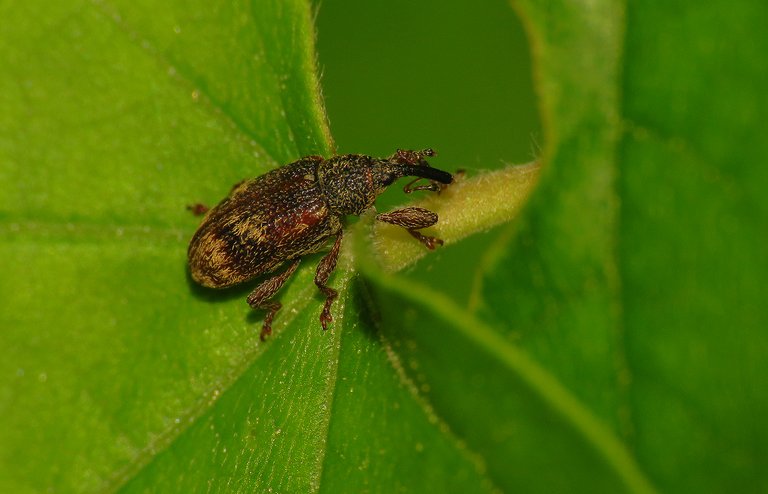
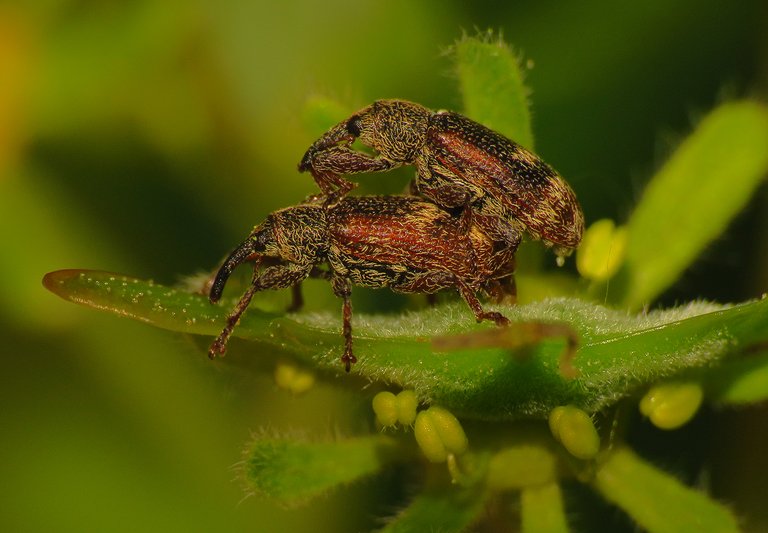
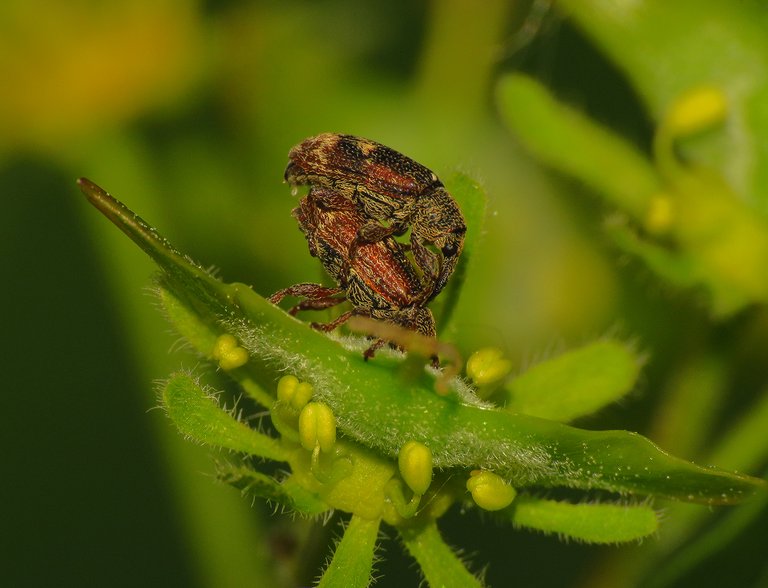
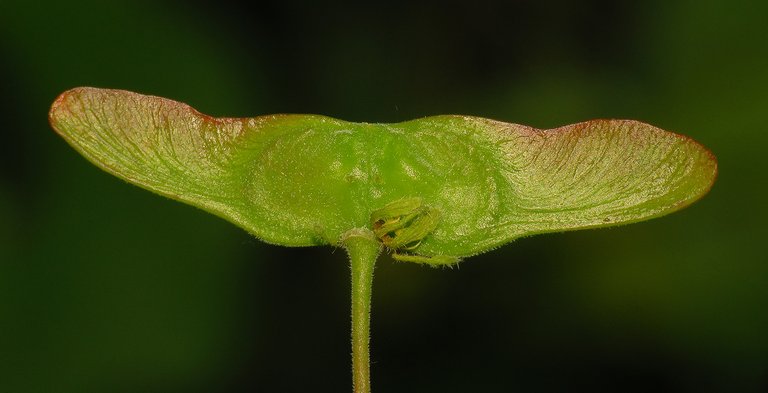
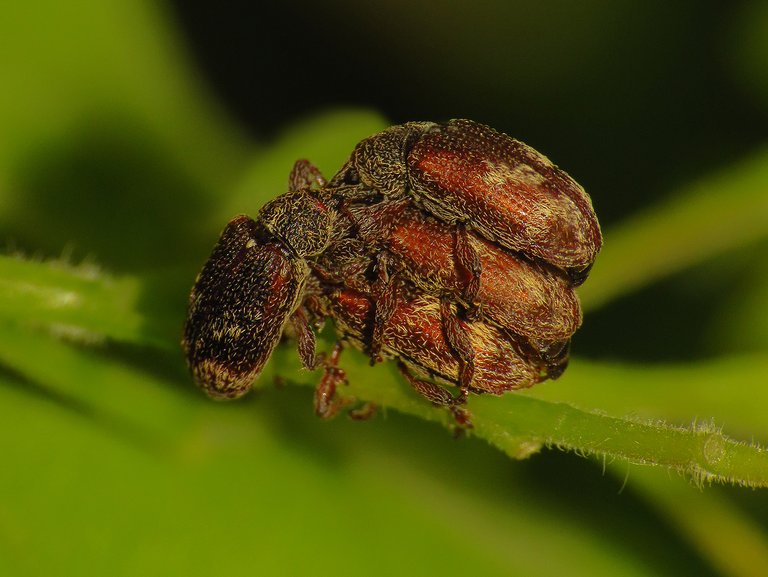
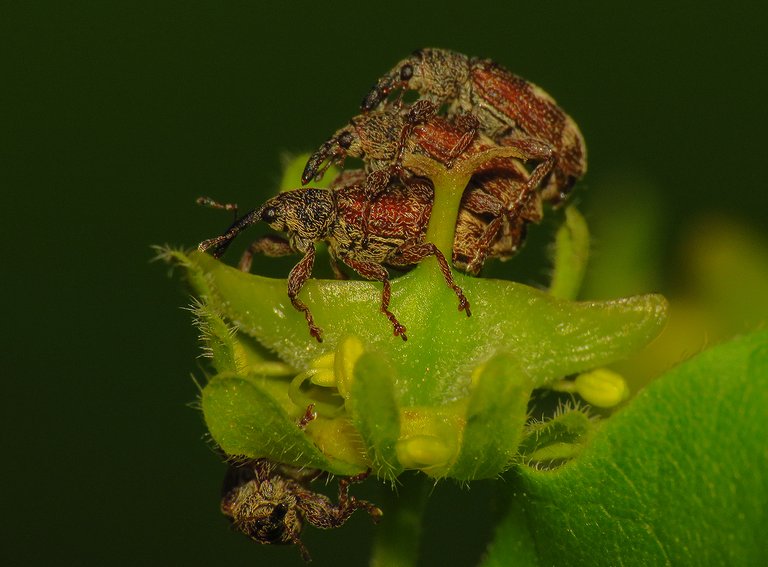
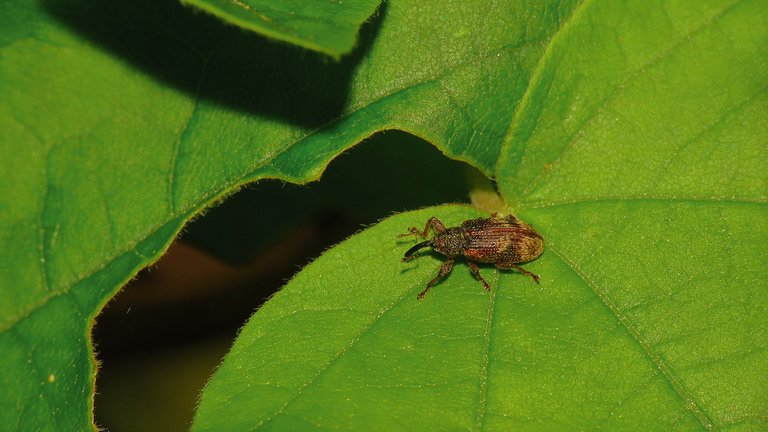
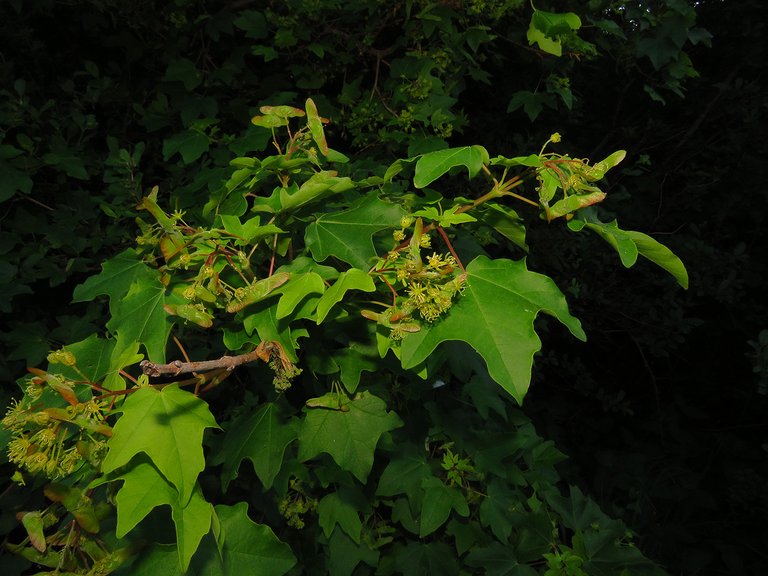
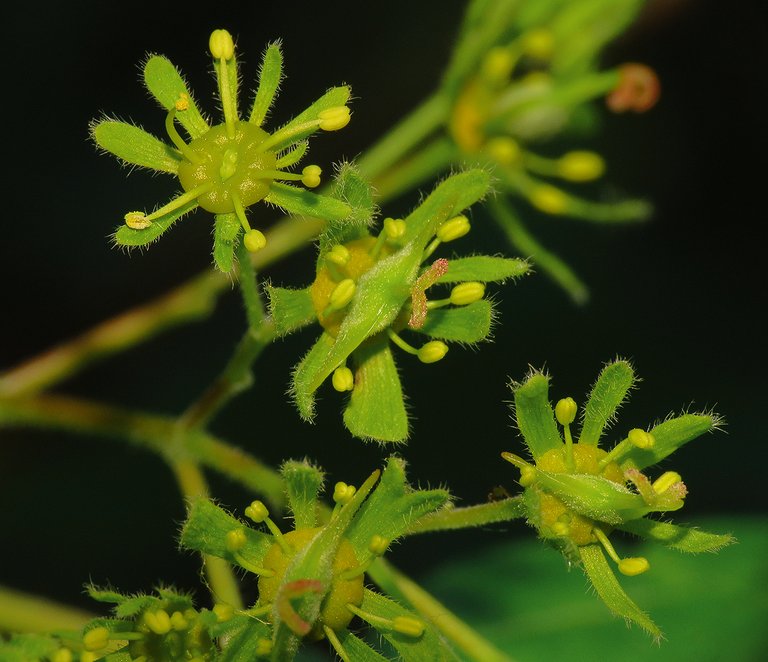
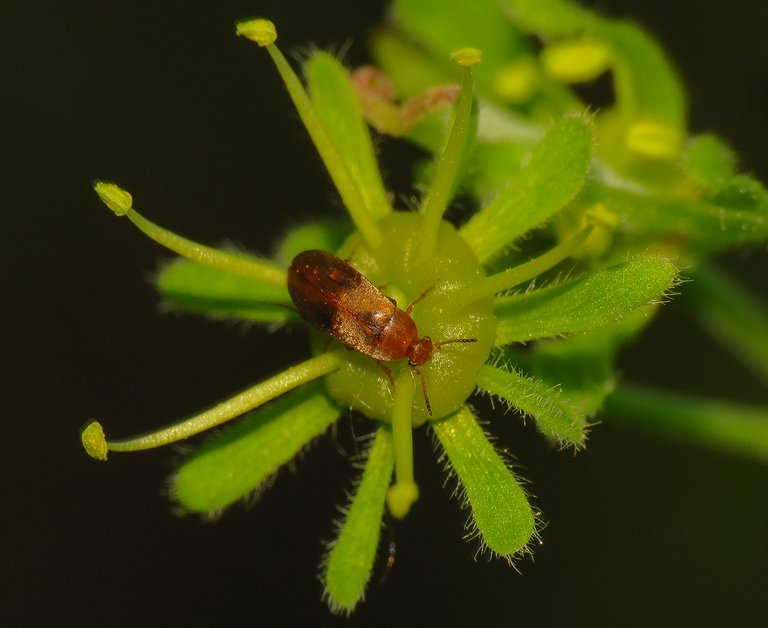
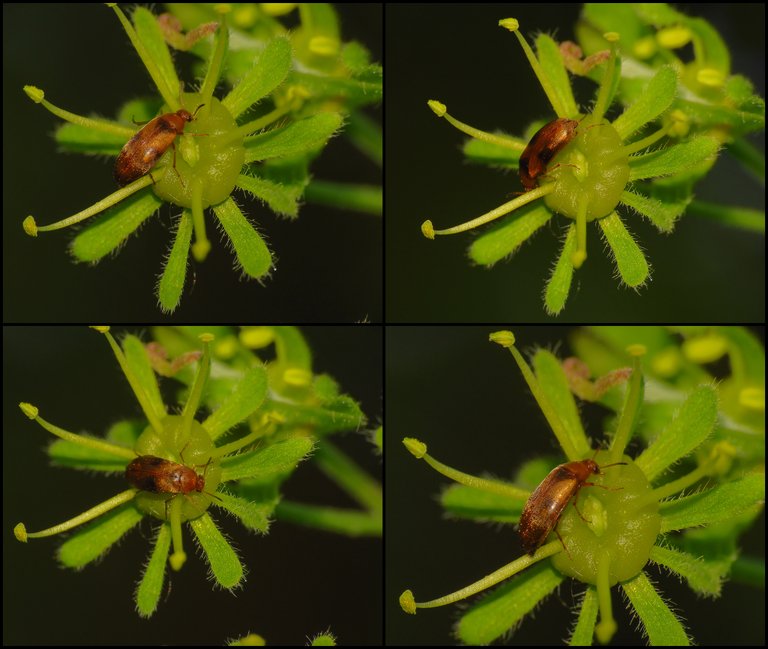
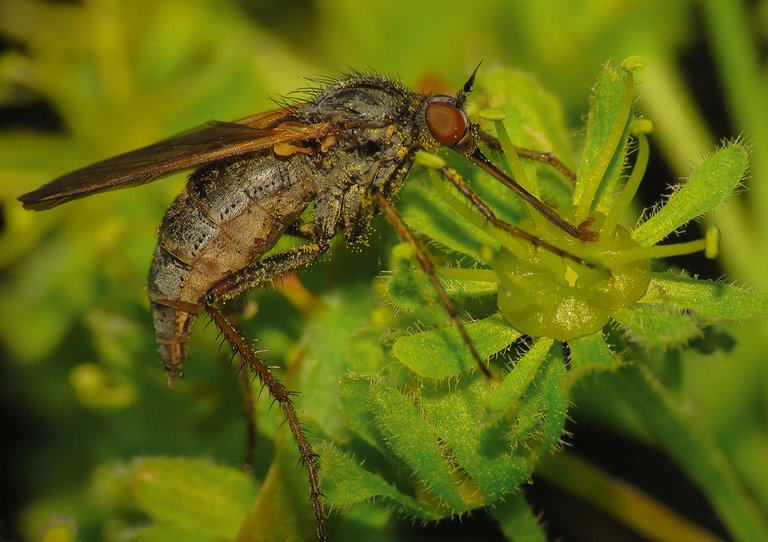
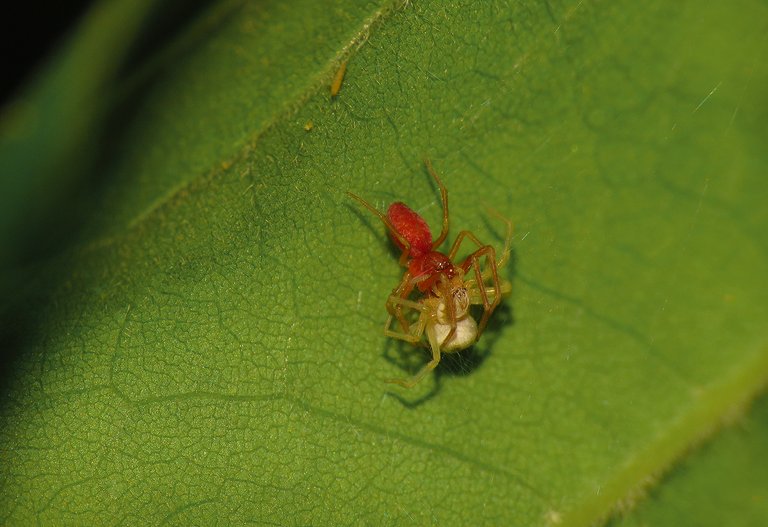
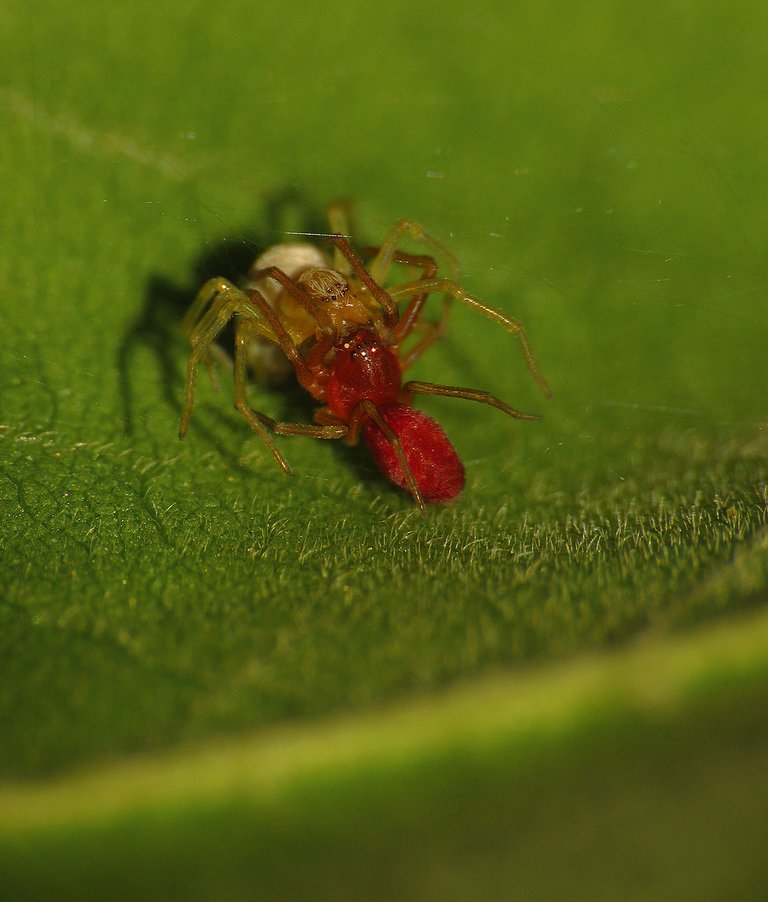
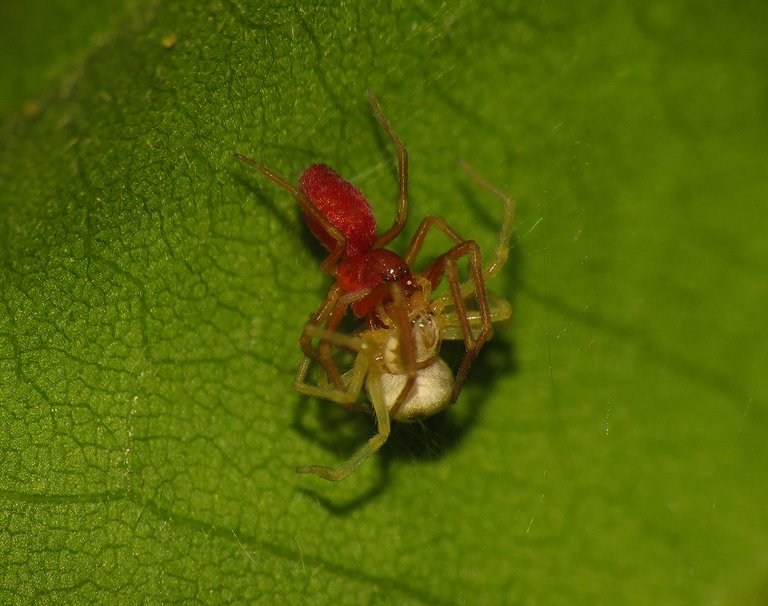
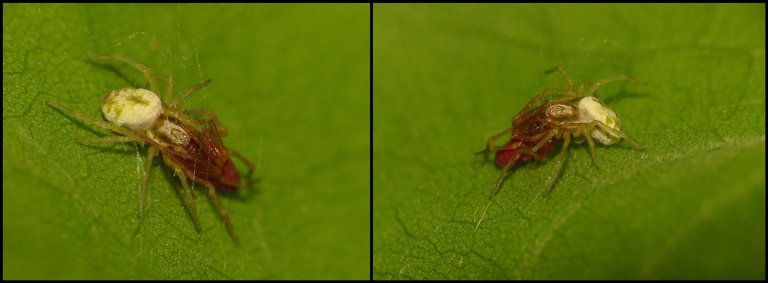
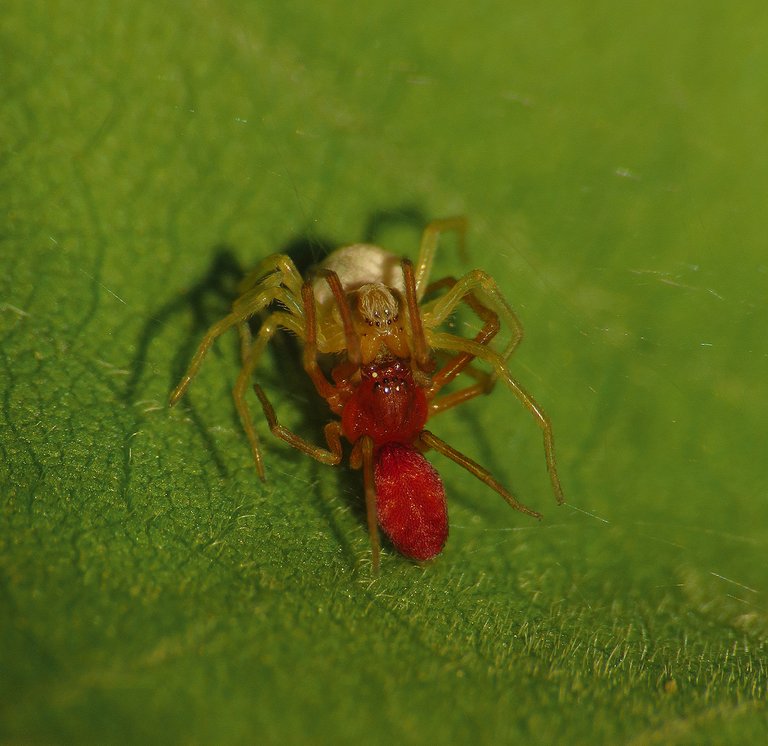
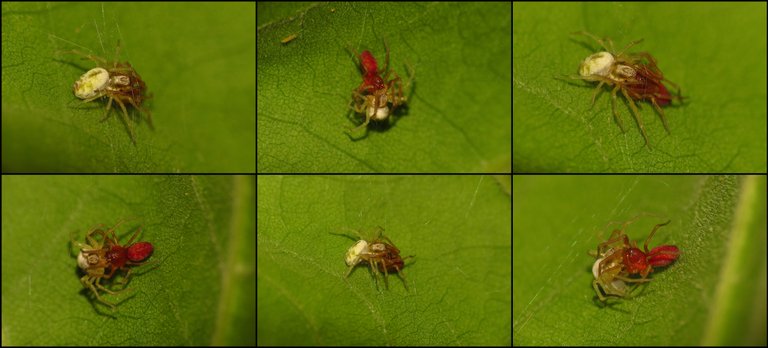
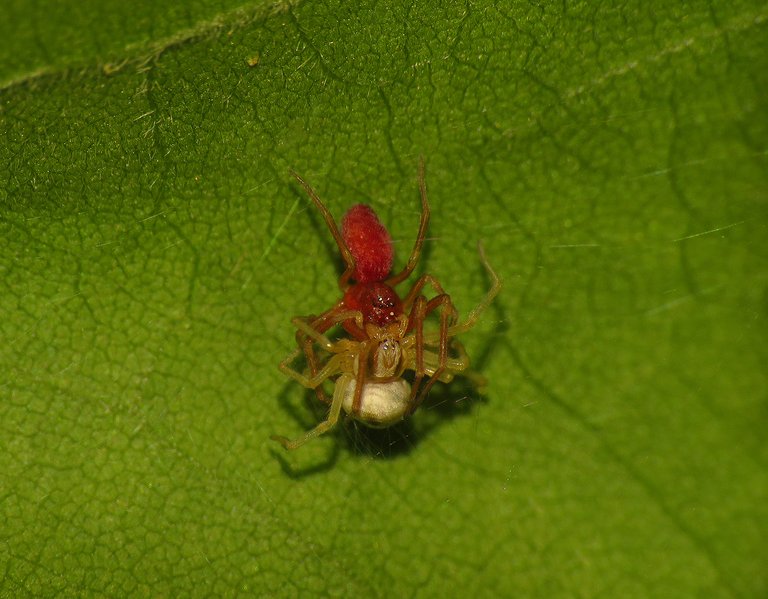
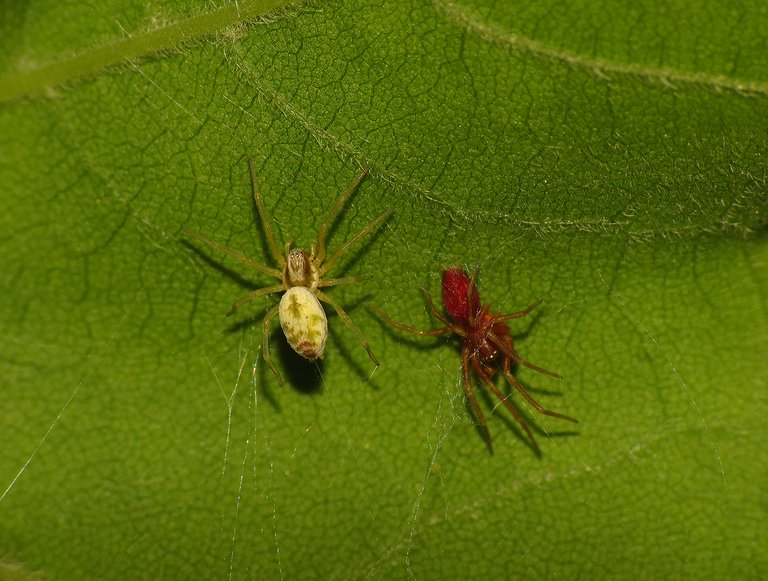
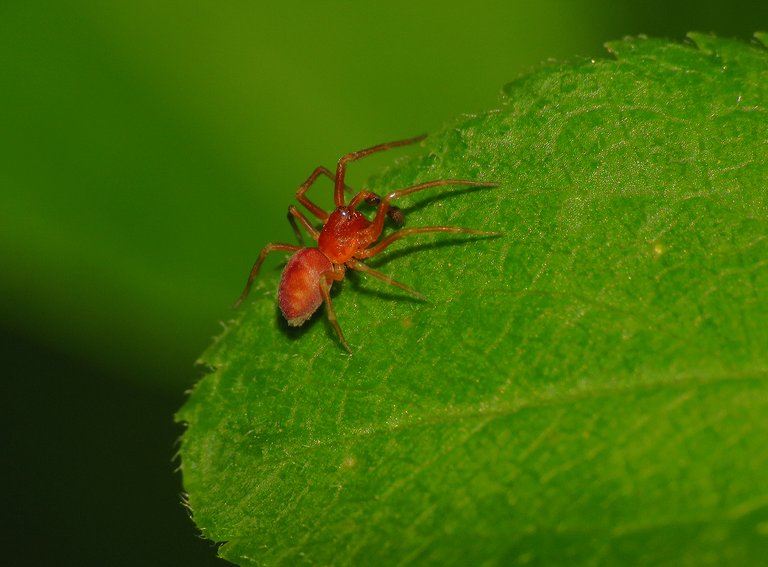
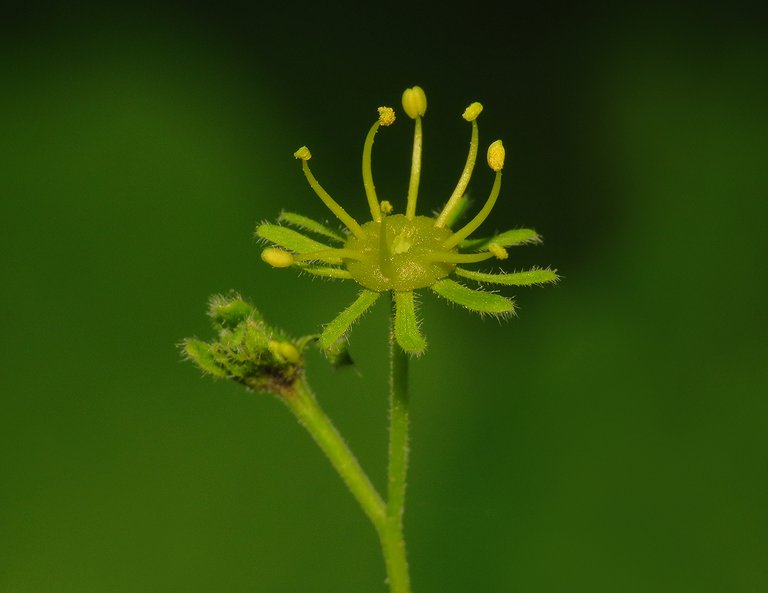

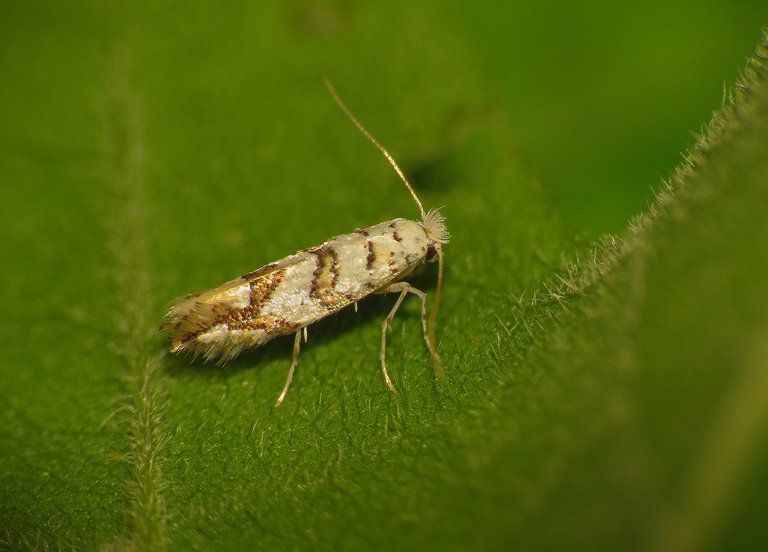
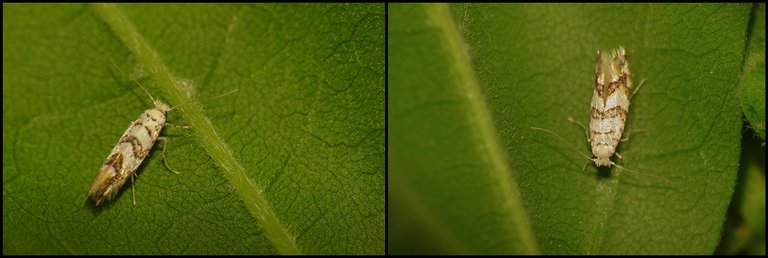
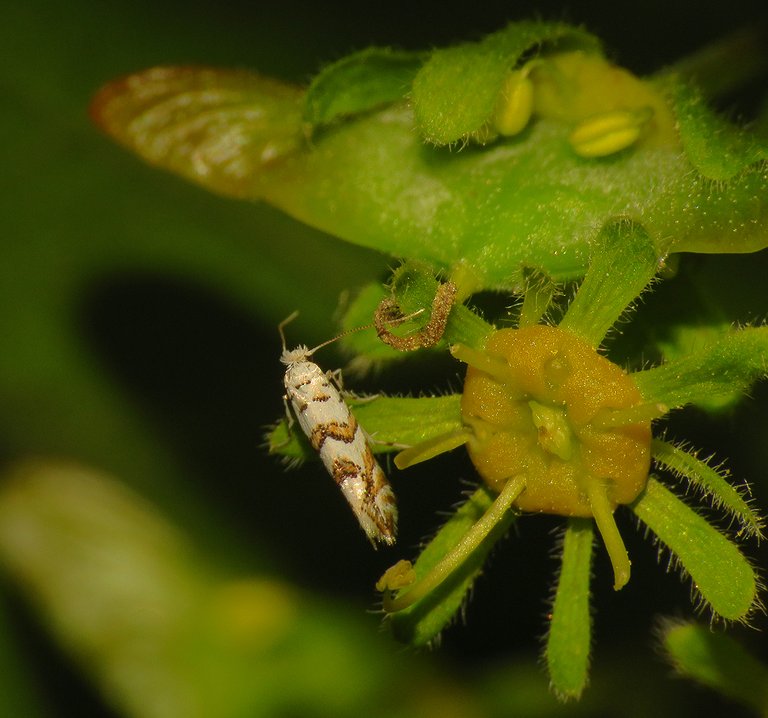
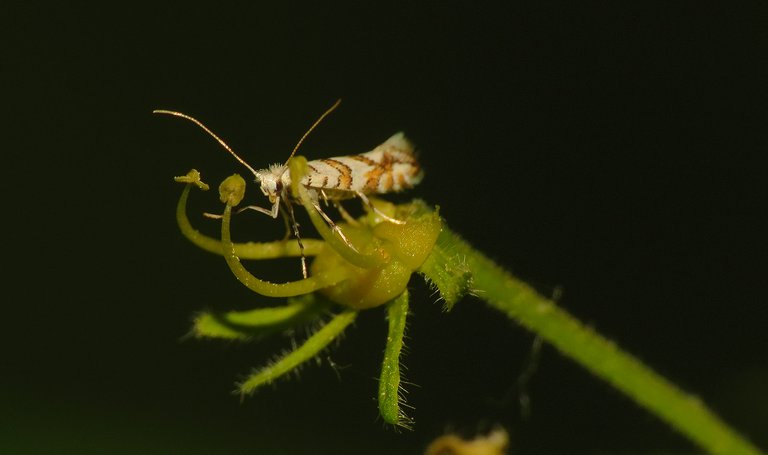
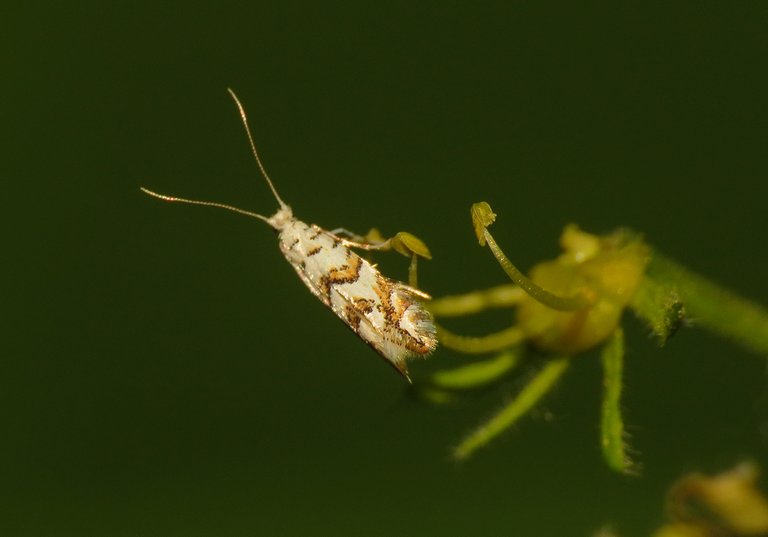
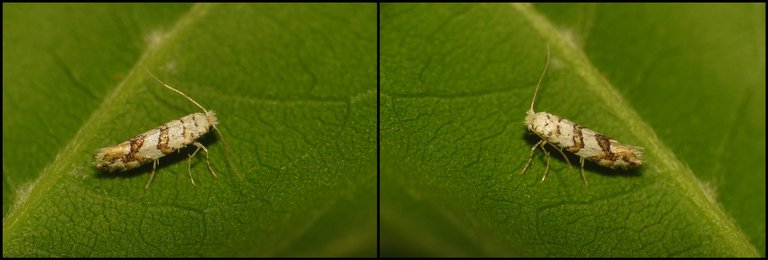
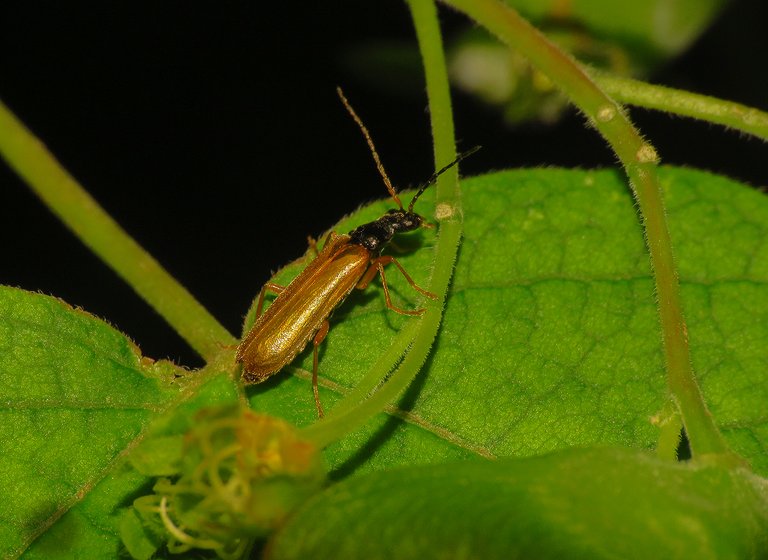
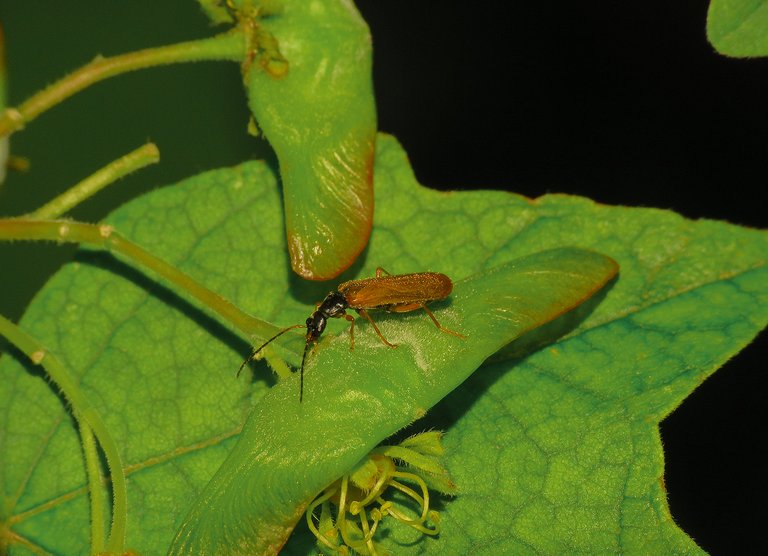
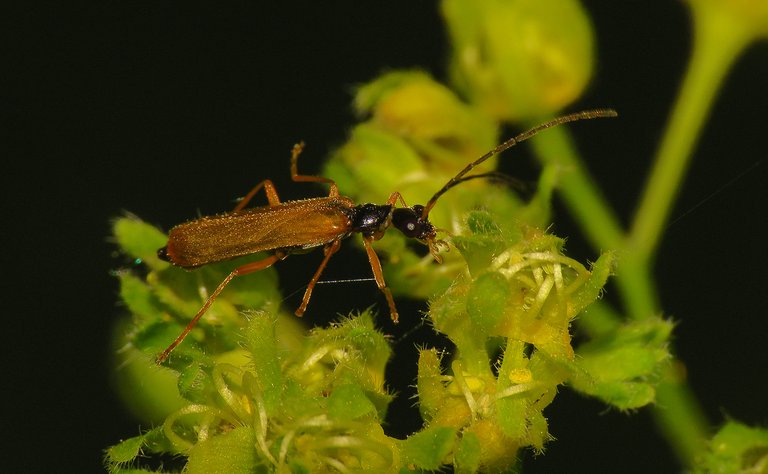
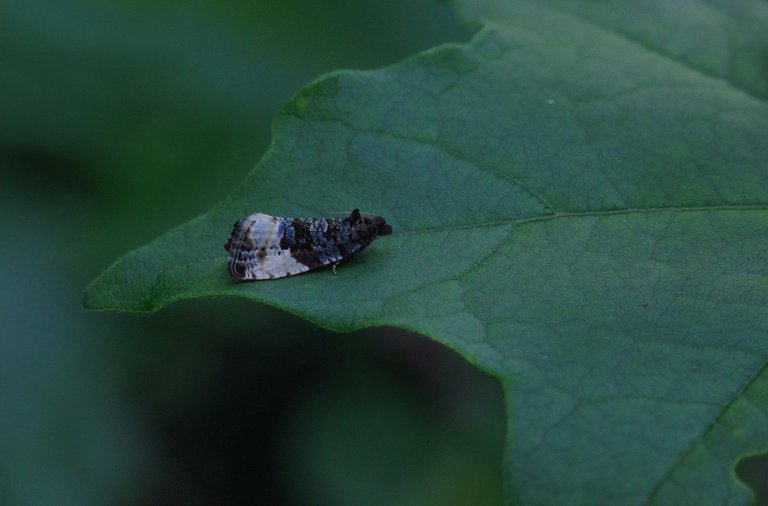
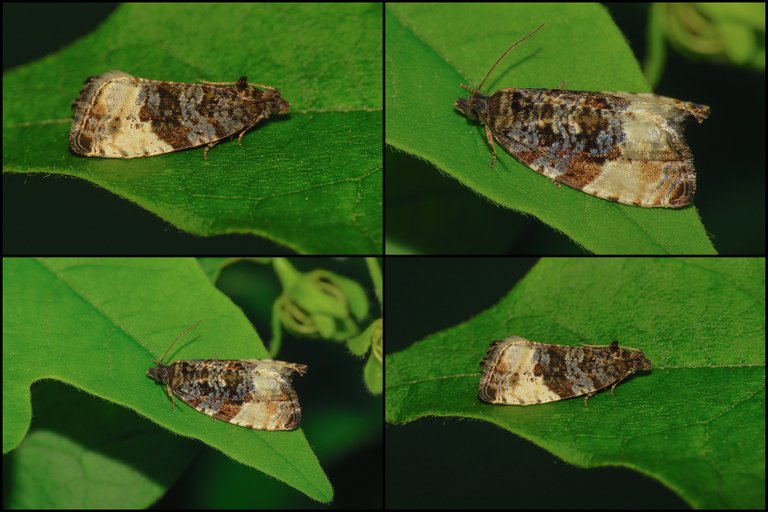
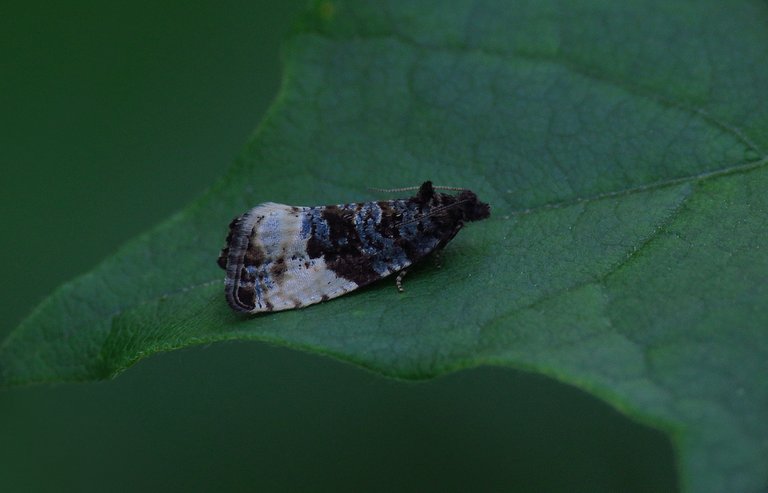
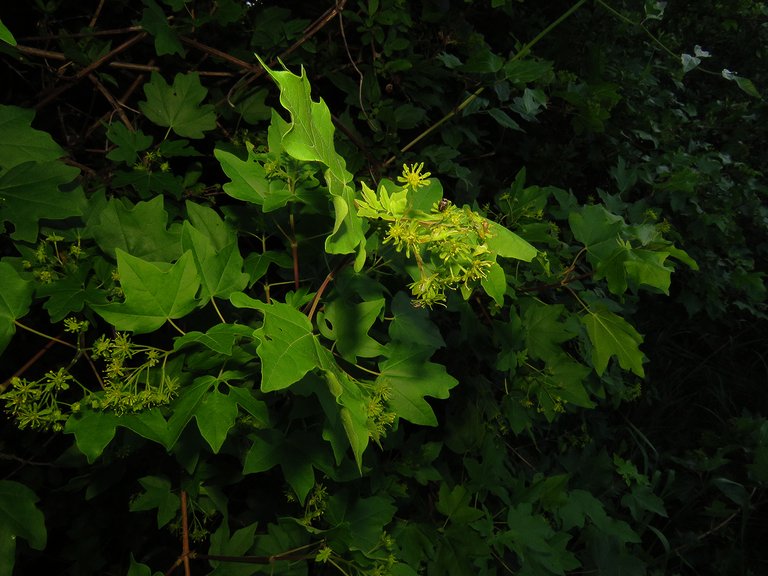
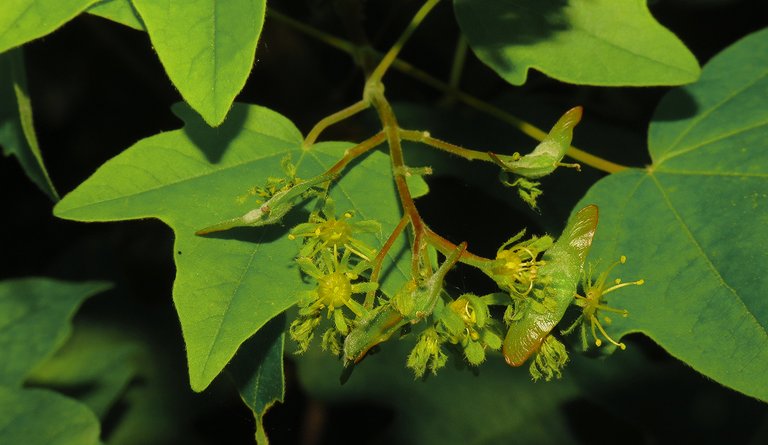

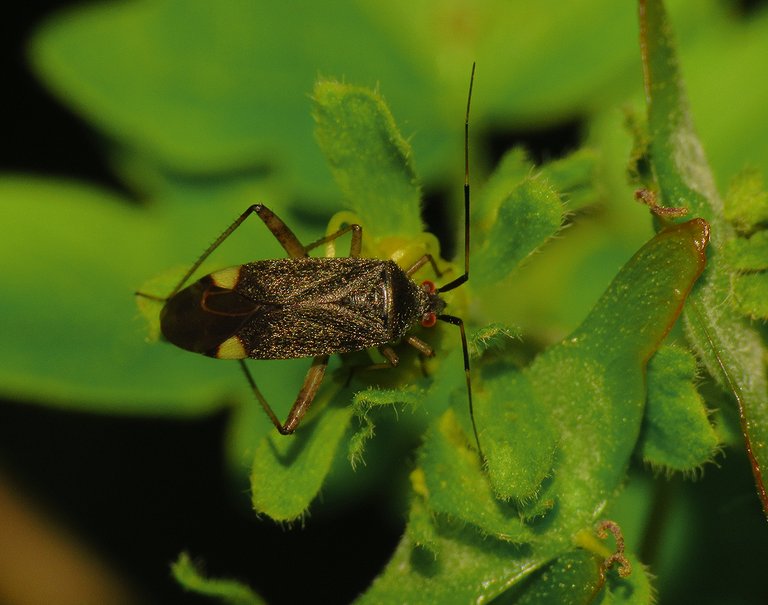
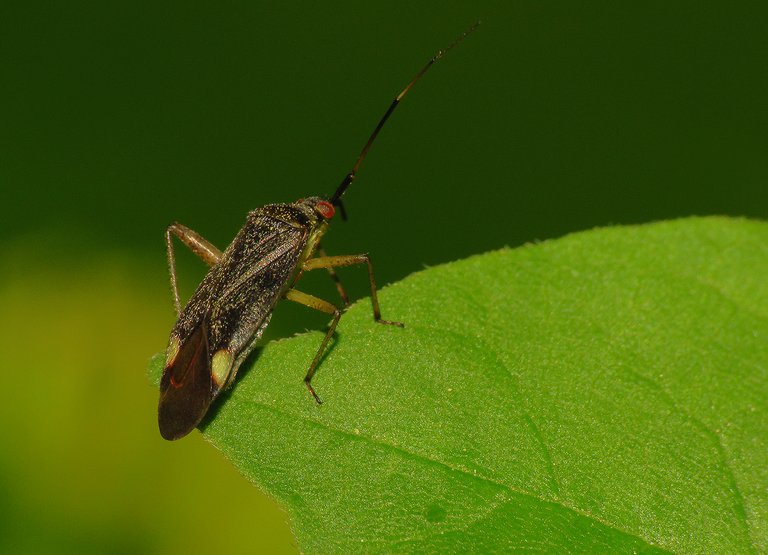
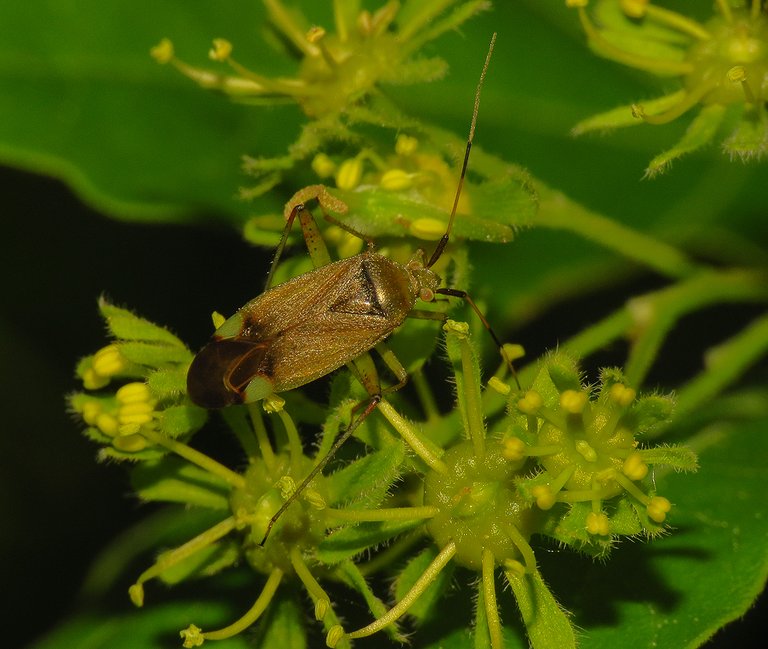
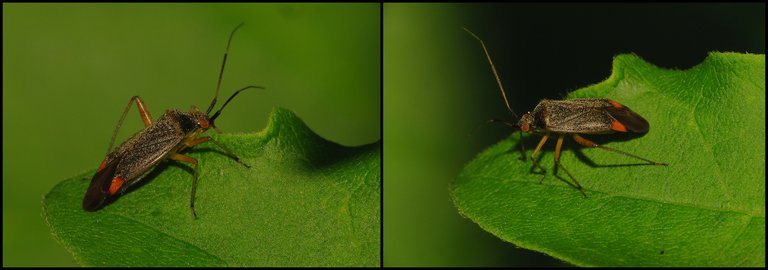
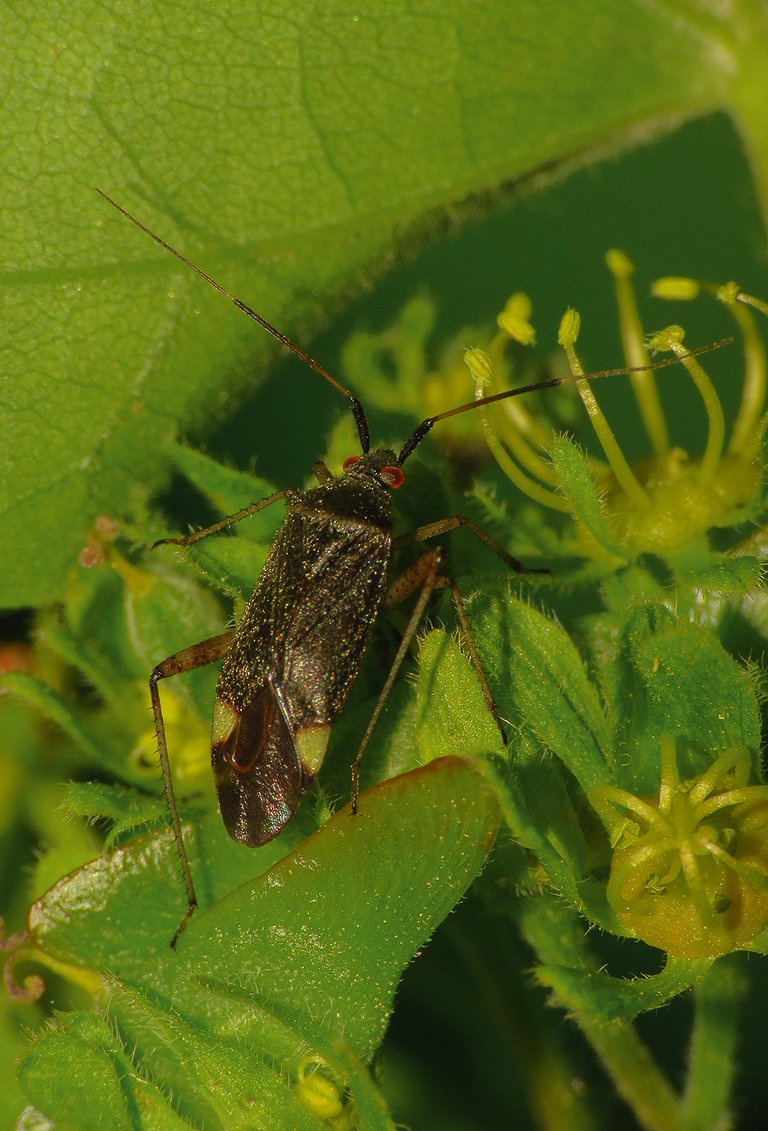
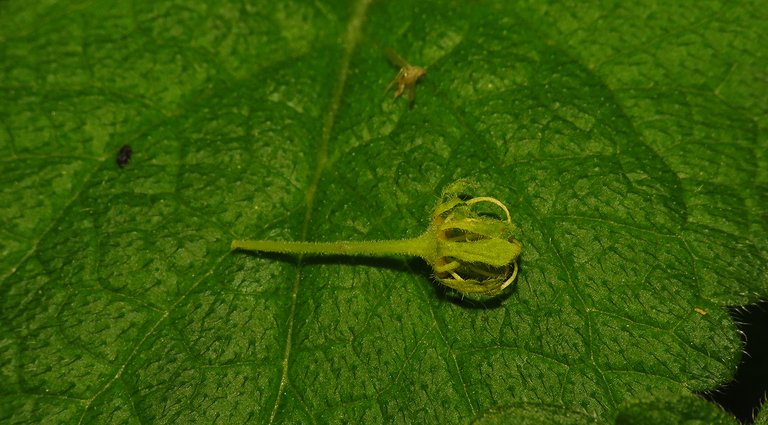
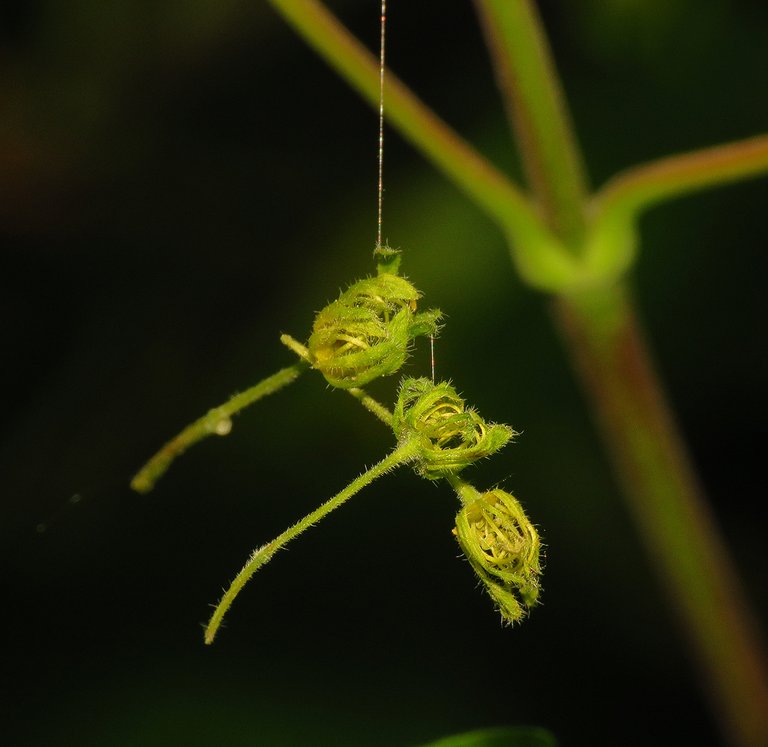
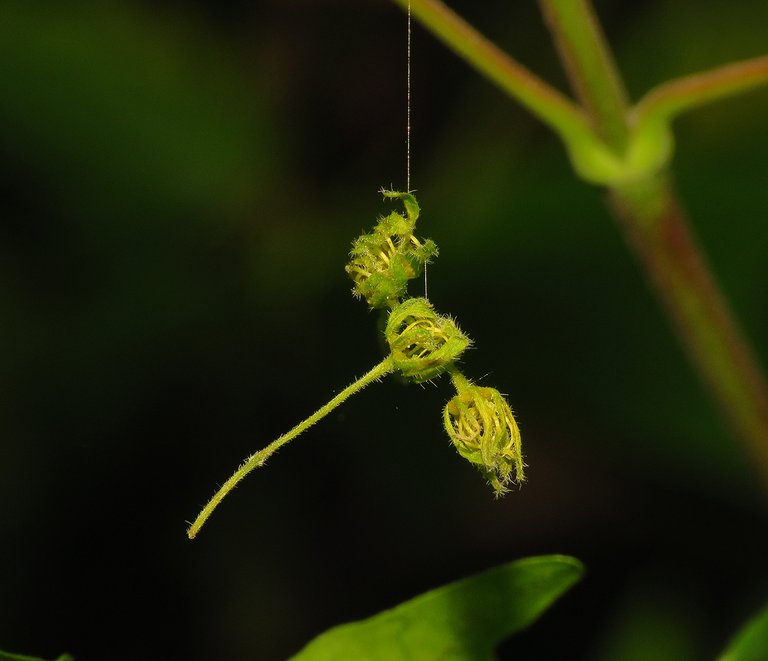
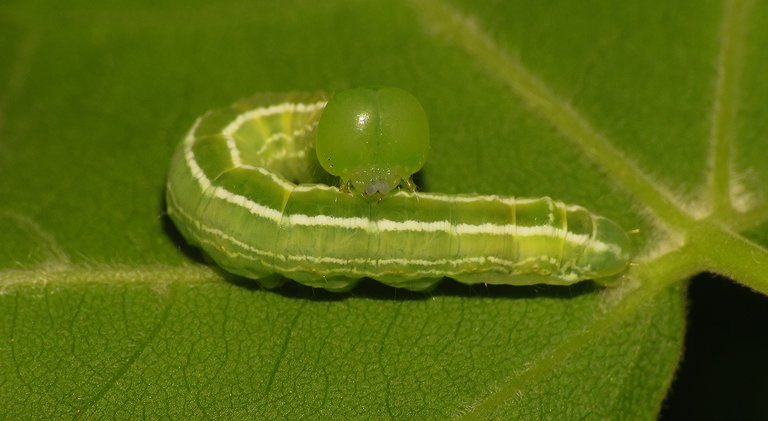
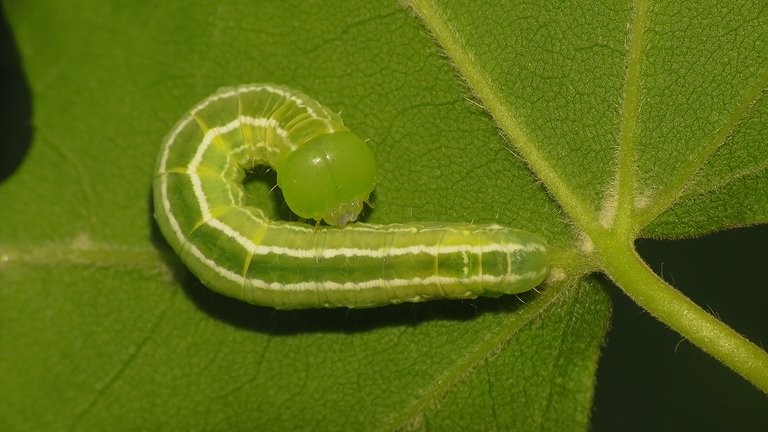
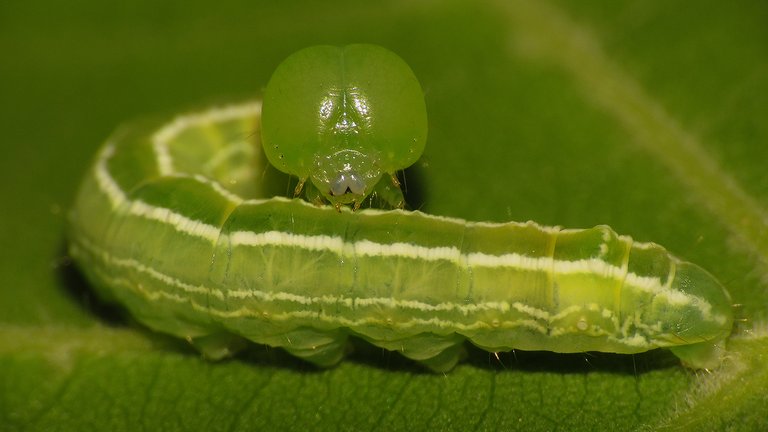
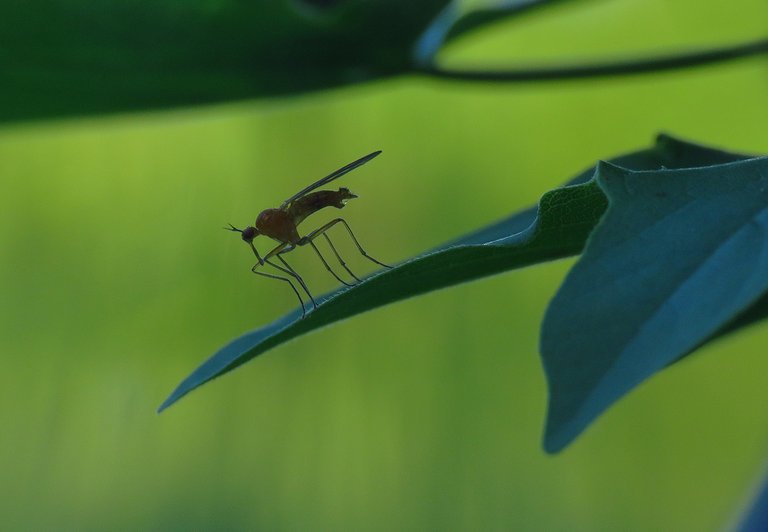
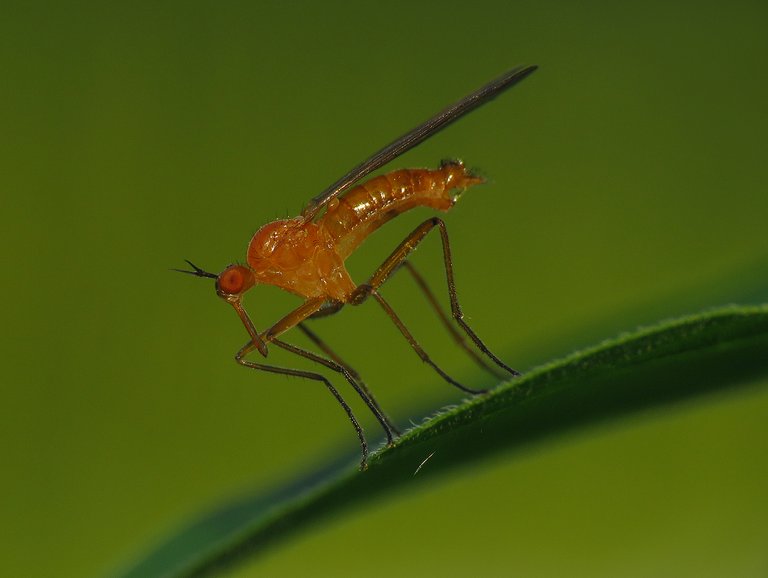
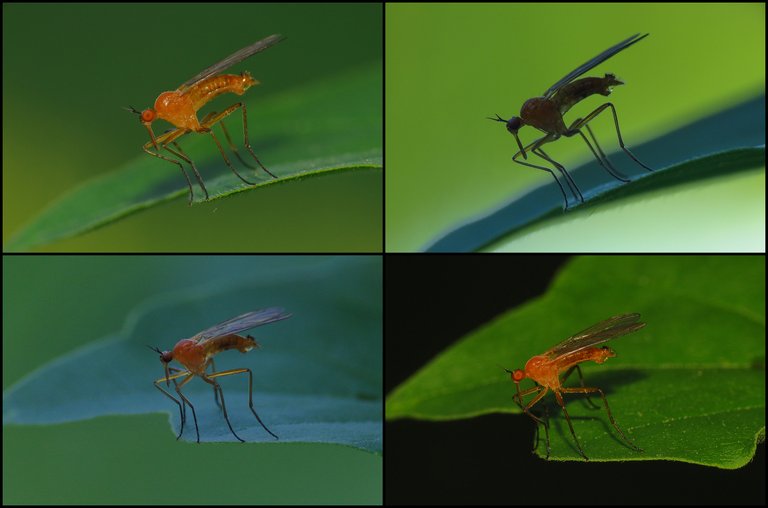

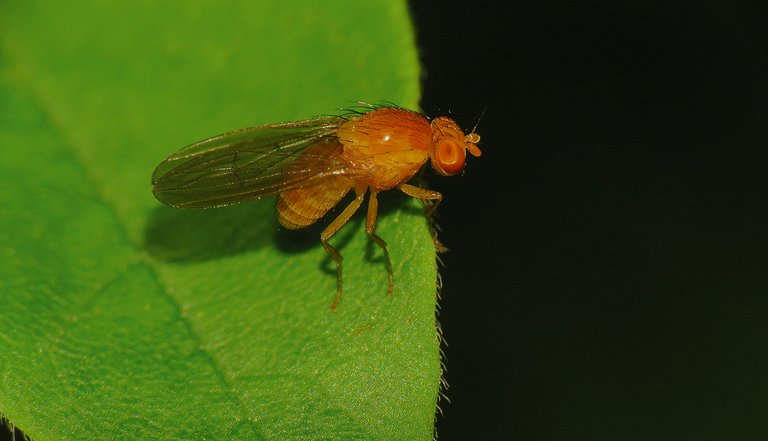
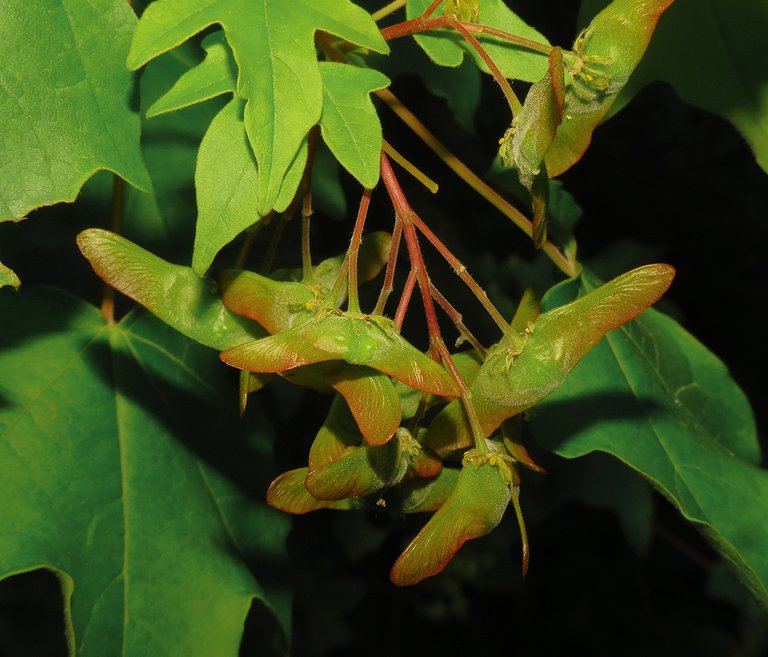
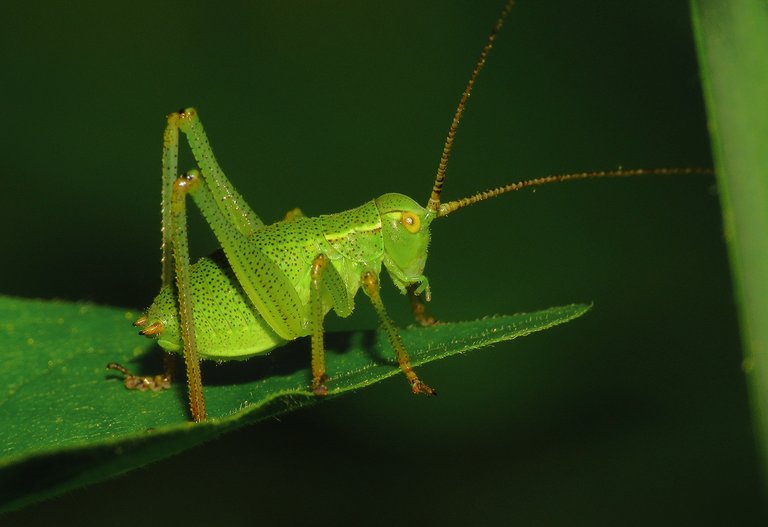
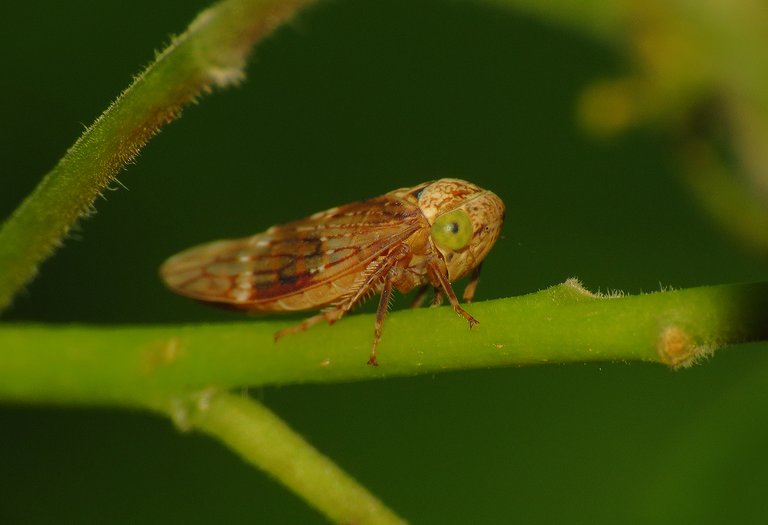


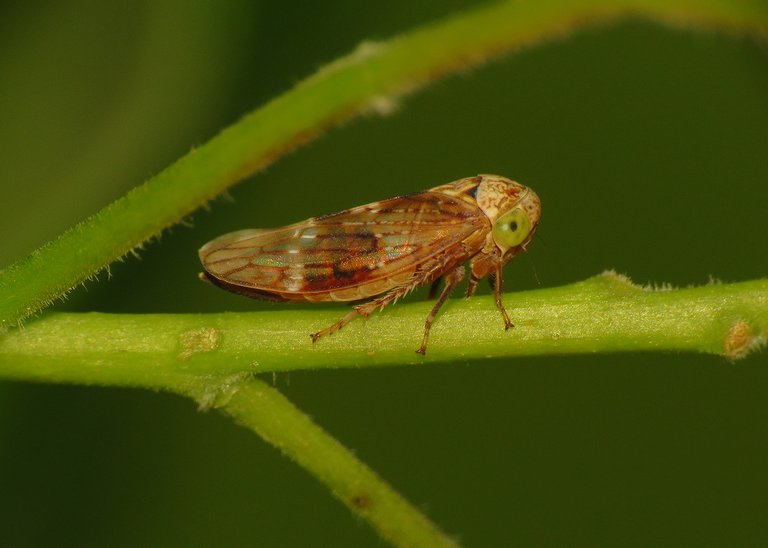
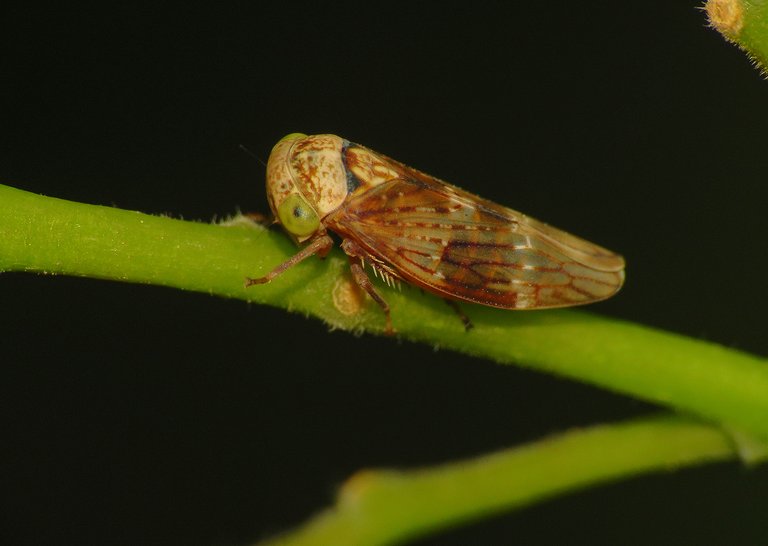
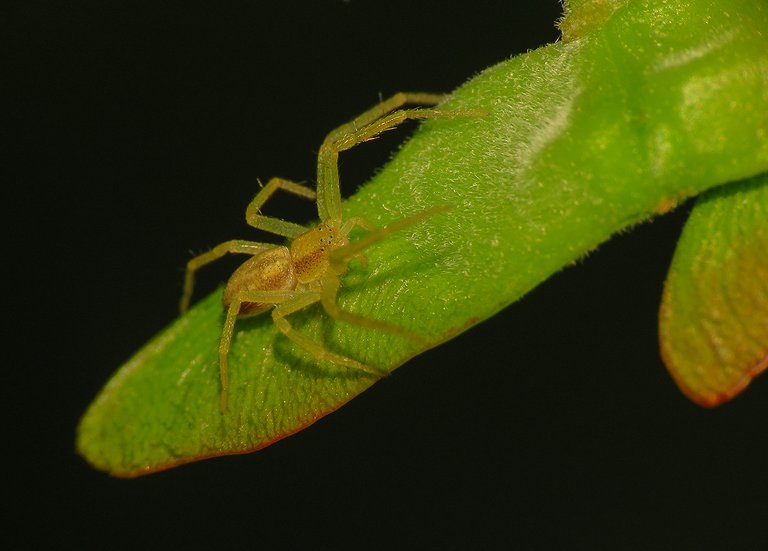
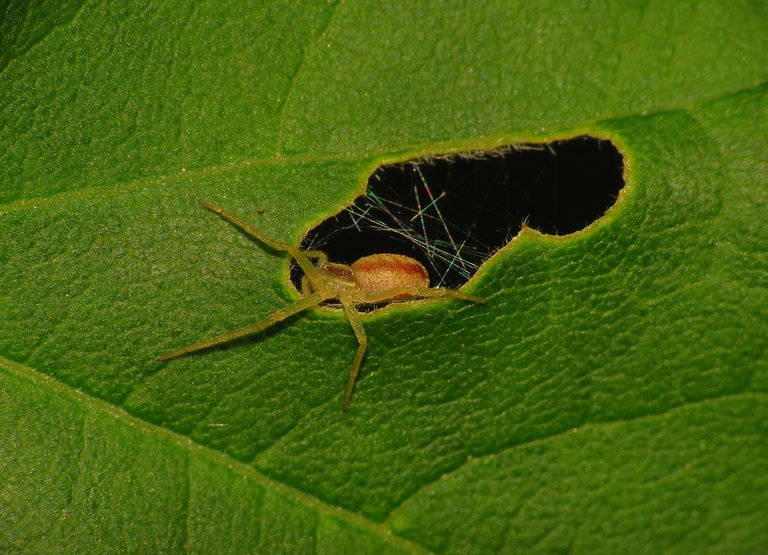
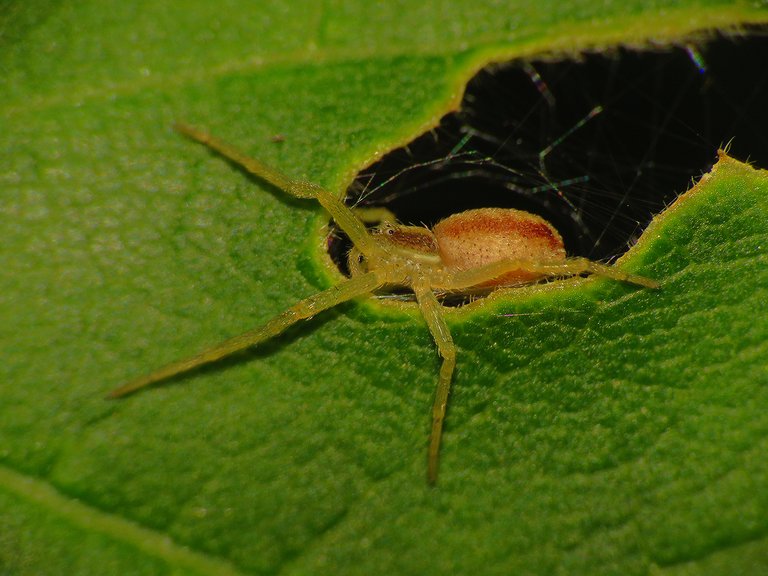
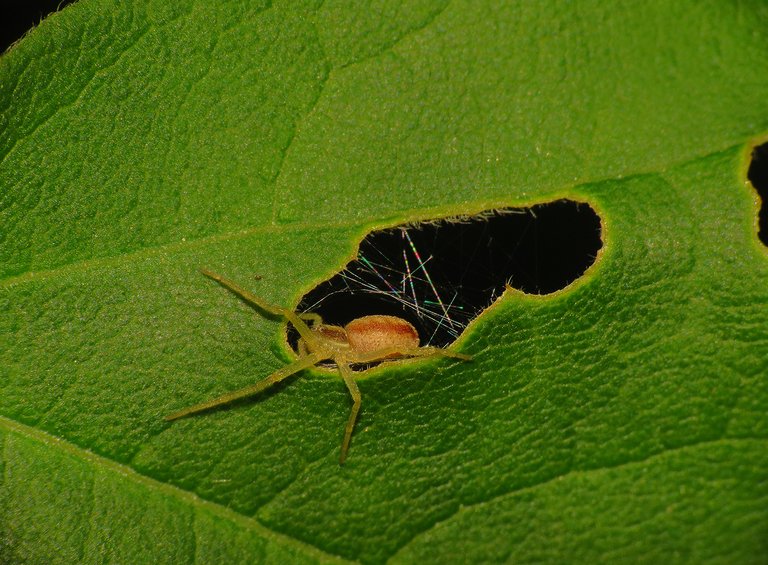
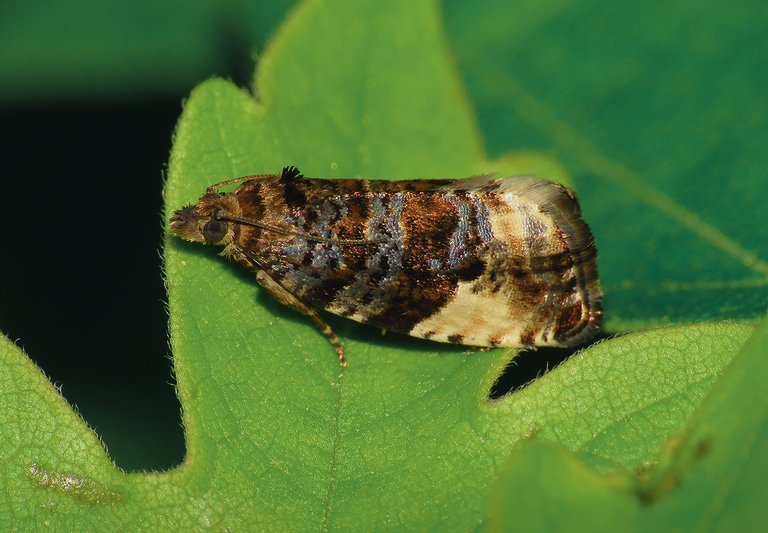
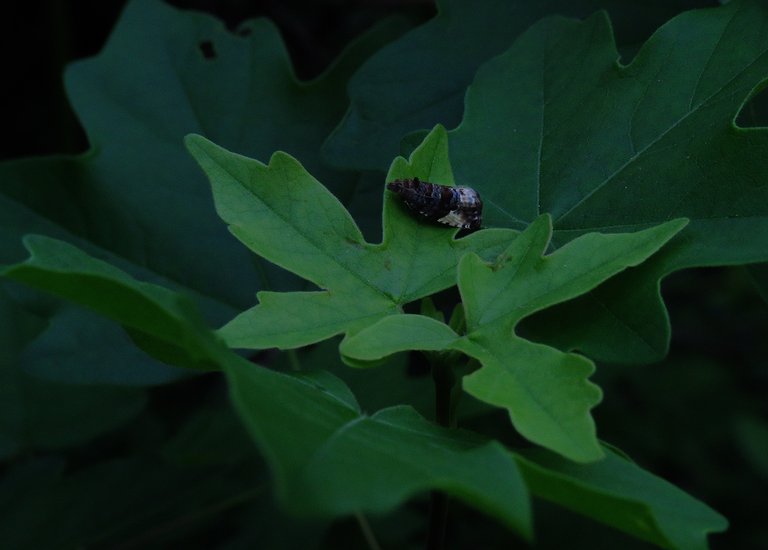
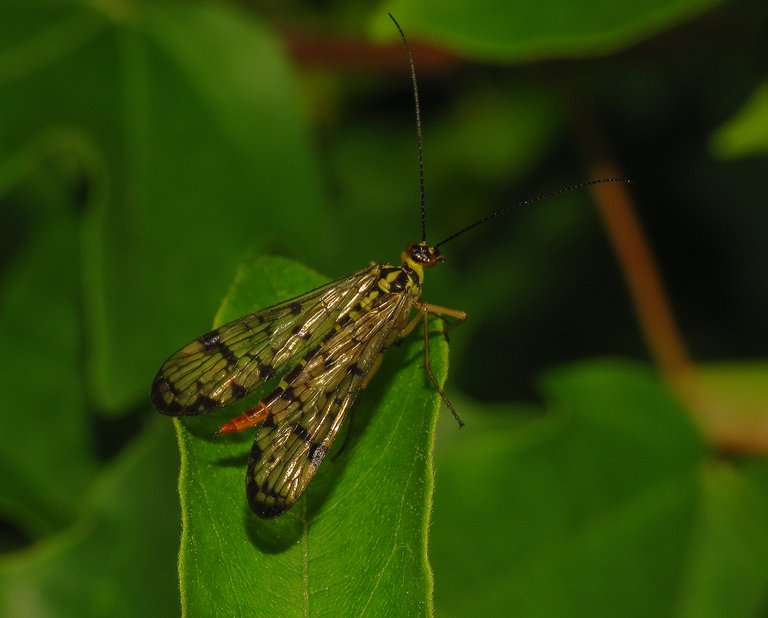
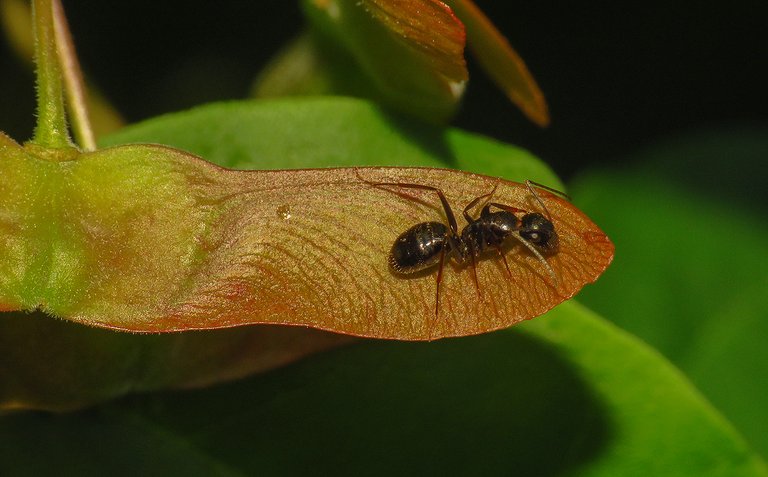
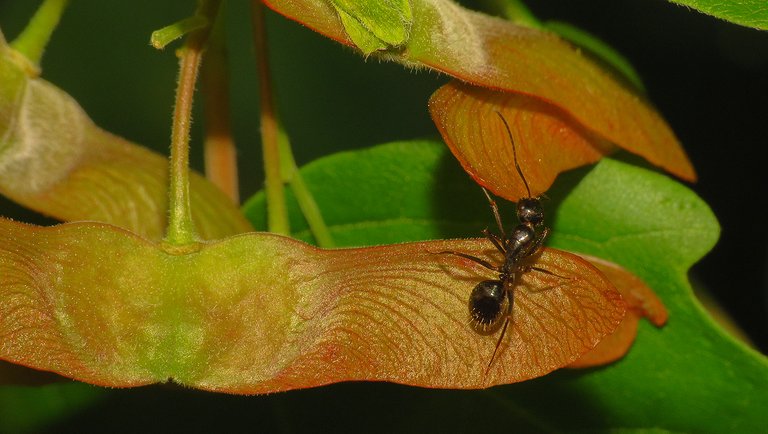
Sometimes I saw a pair mating scenery in my areas. Nice insect photos
Your post has been curated and upvoted by Ecency!
Stay on track and keep up the good work!
Join us on the Ecency Discord
Wow, there are so many photos of insects that you are really good at hunting photos of insects.
Amazing macro!
!discovery 40
🙂

This post was shared and voted inside the discord by the curators team of discovery-it
Join our Community and follow our Curation Trail
Discovery-it is also a Witness, vote for us here
Delegate to us for passive income. Check our 80% fee-back Program
Very detailed and sharp images.
But I saw one insect being attacked by a group of people ;).
🙂
this is the first time I will come across some names of the species that I barely know before.
🎉🎉🥳 Congratulations 🥳🎊🎊
Your post has just been curated and upvoted by Ecency
keep up the good work
Join us on the Ecency Discord
Good morning, dear friend @borjan
This tree is undoubtedly a habitat for many insects. The beetle mating is impressive; I've never seen such behavior.
Beautiful macro shots. I appreciate you sharing all this information.
Have a wonderful weekend.
Thank you. 🙂 There is always something new in the macro world. After so many years of observing nature in my area, I still come across things I had never seen before.
Glad you like this macro stuff.
We appreciate your work and your publication has been hand selected by the geography curation team on behalf of the Amazing Nature AN Community. Keep up the good work!
🙂

The advantage of a macro lens camera is that we can see the real shape of small animals, it turns out they look perfect even though they are small.
A cute little insects you've share to us it's kind of nature you love
Yes, I love to use the macro lens and get immersed in the life of small animals that are hard or impossible to follow with the naked eye. 🙂 Glad you like the post.
https://x.com/jewellery_all/status/1926237691747725599
#hive
@tipu curate
Upvoted 👌 (Mana: 56/66) Liquid rewards.
Another impressive macro photography display @borjan friend!!!... Thanks for sharing!
Wow, your photos are just amazing. I look forward to them every time. Very cool 👍😊
🙂
Very cool shots you managed to capture over that span of time. I can see why it took various days to catch so many interesting creatures. The spider mating scene was interesting, the male and female sure look very different. Plus the male got to live, most of the time they aren't so lucky!
The beetle mating scene was almost hilarious, so many males piling on the female. Talk about competition!
Great job, as always an interesting and excellent post!
Hehehe, yes, that pile of competitive beetles with long snouts is a cartoonish scene.
Thank you. 🙂 Glad you like these macro-oriented posts.
This post has been manually curated by @bhattg from Indiaunited community. Join us on our Discord Server.
Do you know that you can earn a passive income by delegating to @indiaunited. We share more than 100 % of the curation rewards with the delegators in the form of IUC tokens. HP delegators and IUC token holders also get upto 20% additional vote weight.
Here are some handy links for delegations: 100HP, 250HP, 500HP, 1000HP.
100% of the rewards from this comment goes to the curator for their manual curation efforts. Please encourage the curator @bhattg by upvoting this comment and support the community by voting the posts made by @indiaunited.
🙂

https://x.com/lee19389/status/1926394799721963806
#hive #posh
I think this is the first time I've seen field maple fruit like this. You've shared some very interesting photos of the insect, which look great.
I have always appreciate how you spend time to take this lovely photos and then analysis every part of it for long. it is so encouraging and a good example of consistency and hard work.
Thank you. 🙂 It's easy when one has fun while working. Glad you like this macro stuff.
yeah I love every part of it and thanks for sharing.
👌
🙂
As expected, the macros are so beautiful. I won't get tired looking at the shots.
Thank you. 🙂 Glad you like this macro stuff.
(Ok, it wasn't just one evening. I returned several times to the same small tree to get the photographs )I guess the insects they get used to seeing you for you when they saw you coming back. Returning again and again, you were like a guest. You're not carrying anything, but you arrive.
Hey, this is a relatively long post, relatively NOT long. I had to go get a drink to keep going and watching those insects while drinking something is NOT pleasant at all, hahaha.
Jokes aside: Man, a good post. I missed you, more you than those insects. Well, I missed your cats too.
I wish you a happy start to the week.
Thanks. 😀 Yes, a visual overdose of insects and spiders can be a bit hard to swallow - a drink might actually help in that endeavor. 🙂
In the last few months, I have spent at least an hour with insects every day in the same few places. It's interesting to visit the same places and notice the differences. In the insect life the things move fast, so you see the growth, the changes, and new behaviours. The plants also get flowers, then the flowers turn into fruits, and it all happens in a few days. There is always something interesting going on ... but one must have a macro lens ... through the naked eye one can't see those tiny things good enough.
🥂 Cheers 🙂 Have a good day and a good drink too.
These insects are what we watch on Tv after subscribing for channels and we get to see them for free here?
Thank you Borjan😃
Thank you for this comment. 😀 It's a big compliment. Glad you find this nature-oriented stuff interesting.
That’s some pile of mating beetles😂, they were so busy that they didn’t notice someone was watching…
I love that caterpillar with the bug like head shape. Not me thinking it’s two different insects